Forget the Cafe: Your Ultimate Guide to Amazing Homemade Bubble Tea
I’ve seen it a hundred times. Someone gets excited about making bubble tea at home, follows a recipe to the letter, and ends up with… well, a sad, watery drink. The tea is weak, the pearls are rock-hard, and the whole thing just doesn’t have that magic from your favorite boba spot. Sound familiar? Honestly, it’s not your fault.
In this article
Most recipes show you the steps, but they forget to tell you the why. They miss the little secrets that separate a decent drink from a truly fantastic one. That’s what we’re going to fix today. This is more than just a recipe; it’s a deep dive into the three pillars of great bubble tea: the tea, the milk, and of course, those signature chewy pearls.
The Soul of the Drink: Getting the Tea Base Right
Let’s start with the foundation. The soul of any bubble tea is the tea itself, and this is where most homemade versions go wrong. Using a weak brew is like building a house on sand—the whole thing will just fall flat. You need a tea that’s strong enough to hold its own against milk and sugar without turning bitter.
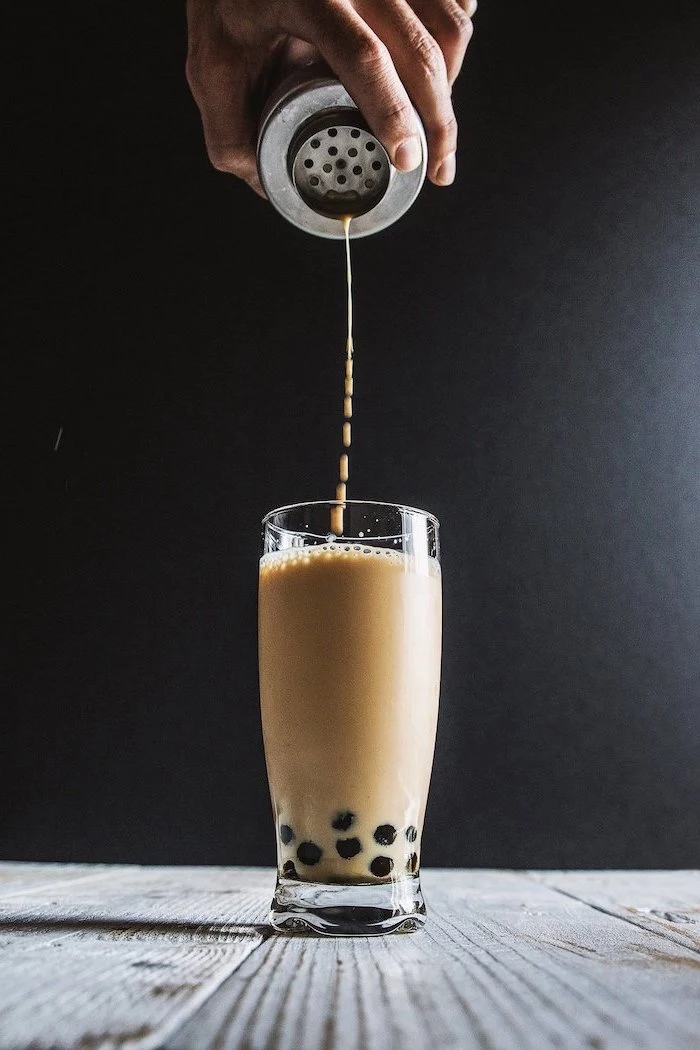
Choosing Your Brew
Not all tea is created equal when it comes to boba. The pros use specific types for a reason.
- Black Tea: This is the classic for a reason. An Assam-style black tea gives you that strong, malty backbone that’s just perfect with milk. Ceylon is another great choice if you like things a bit crisper. Good old English Breakfast blends work in a pinch, too. The natural tannins in black tea are what cut through the creaminess for that perfectly balanced flavor.
- Green Tea: If you want something lighter and more floral, go for green. Jasmine green tea is incredibly popular for fruit-flavored boba because the fragrance is just a perfect match. Just be careful, as regular green tea can get bitter in a hurry if you’re not paying attention.
- Oolong Tea: This is my personal favorite for its complexity. A roasted oolong brings this nutty, sophisticated flavor to the party, while lighter oolongs can be creamy and floral. It’s a fantastic middle-ground.
The Brewing Method That Actually Works
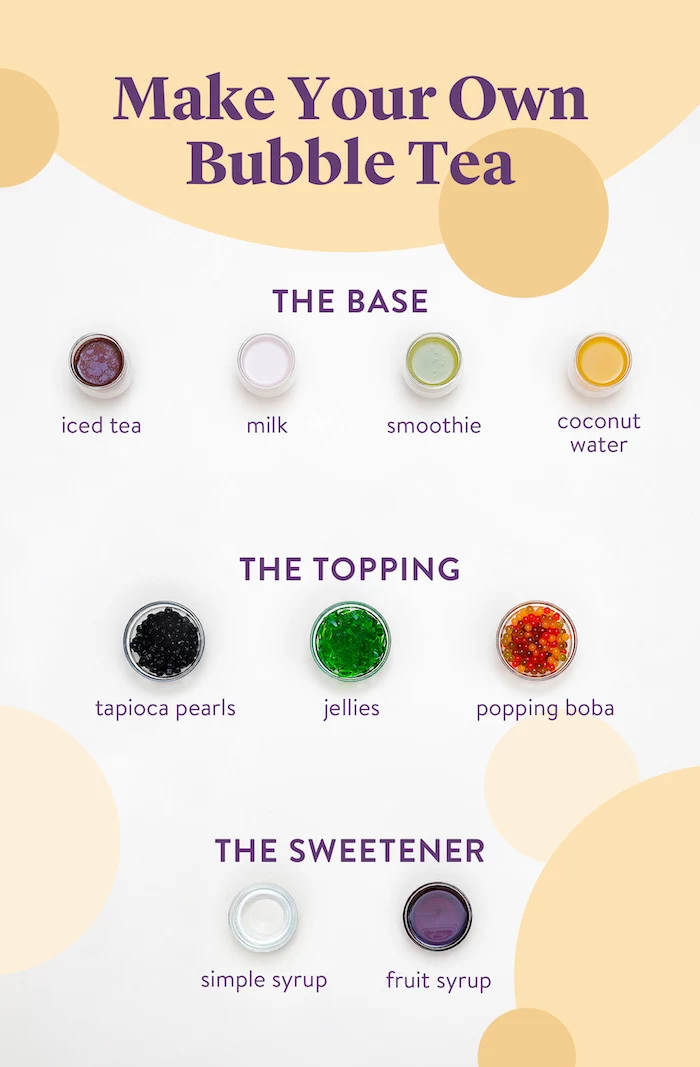
Temperature and timing are everything. Here’s a quick tip: a common mistake is using boiling water for every tea. That’s a surefire way to get a bitter brew.
For black tea, you want water just off the boil, around 200°F. If you don’t have a fancy kettle, just let boiling water rest for about 30 seconds. Use about one tablespoon of loose-leaf tea (or two tea bags) per cup of water and steep for 4 to 5 minutes. No more, no less. For green tea, go much cooler—around 175°F—and only steep for 2 to 3 minutes.
Now, here’s the real game-changer: brew it strong. I mean, double-strength. Use twice the tea leaves for the same amount of water. Why? Because you’re about to add ice and milk, which will dilute the flavor. A concentrated brew ensures your final drink is robust and flavorful, not a watery disappointment. After brewing, let it cool on the counter before popping it in the fridge. Chilling hot tea too fast can make it cloudy.
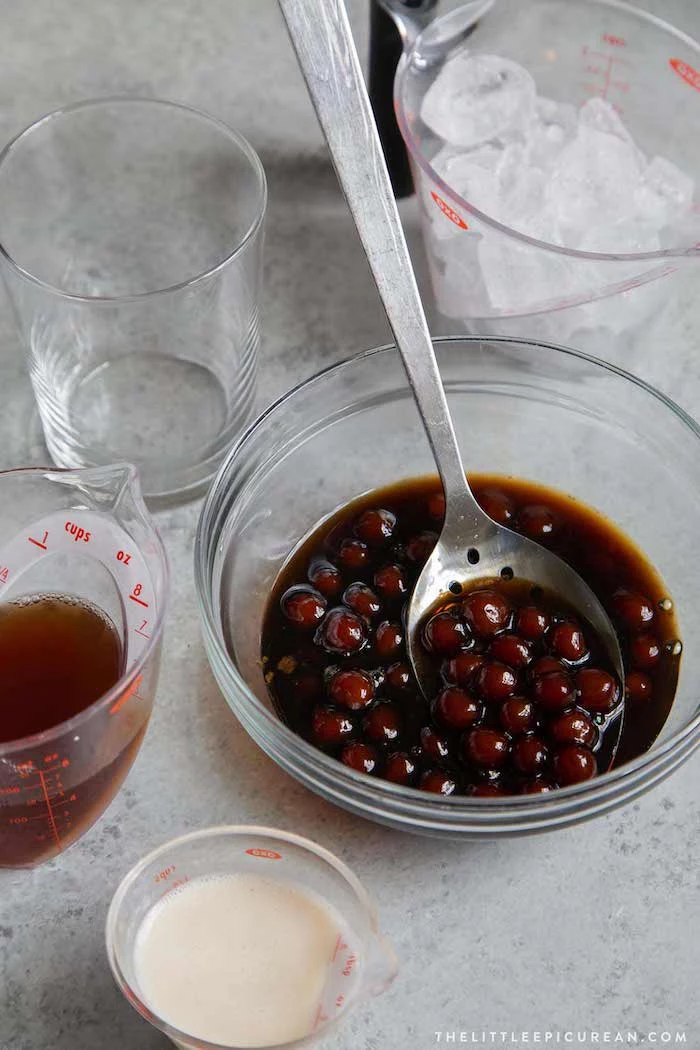
Quick Win: Not sure if this matters? Try this today: Brew your favorite black tea with two tea bags instead of one in about half a cup of hot water. Let it cool completely, then pour it over ice and add a splash of milk. See? No watery taste. That’s the power of a concentrated base!
The Signature Chew: A Deep Dive on Tapioca Pearls
Ah, the boba. That famously chewy, bouncy texture is what makes bubble tea so unique. Getting that perfect chew is a science, but it’s totally achievable at home. It all comes down to how you handle the tapioca starch.
Store-Bought vs. Homemade: What’s the Real Difference?
Let’s be real, most of us are going to start with a bag of dried pearls from an Asian market or online. And that’s a great place to begin! But it’s good to know what you’re working with.
- Store-Bought Pearls: They are all about convenience. A bag will run you about $5-$8 and will last for many, many drinks. The downside? The texture can be inconsistent, and they lack that deep, rich flavor. The key is knowing how to cook them properly (more on that in a second).
- Homemade Pearls: This is the advanced-level move. The texture is undeniably superior—softer, chewier, and just… better. Plus, you infuse them with brown sugar flavor from the start. But it’s a project. You’ll need to set aside a good chunk of time and have some patience.
Using Store-Bought Pearls? Here’s How to Not Mess Them Up
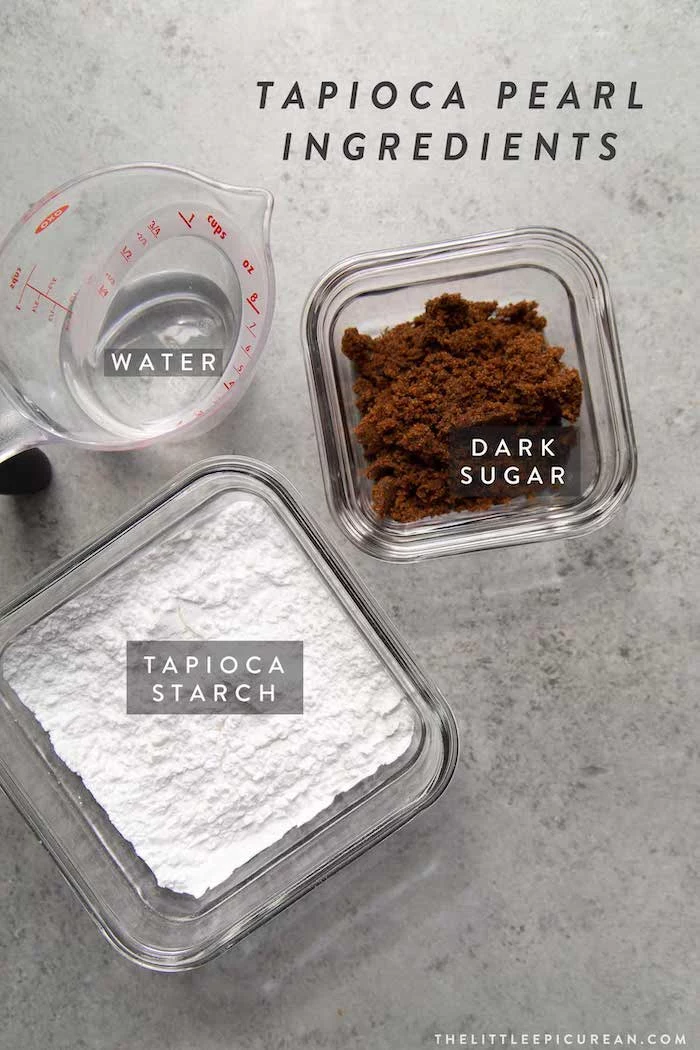
Okay, you’ve got your bag of dried pearls. My advice? Throw away the package instructions. They almost always lead to hard, undercooked boba. Here is the foolproof method that works every time.
Bring a big pot of water to a rolling boil—and I mean BIG. You need lots of room for the pearls to swim. Add your pearls and stir so they don’t stick. Once they float to the top (after a minute or two), reduce the heat to a simmer, cover the pot, and set a timer for 20 minutes. When the timer goes off, kill the heat but leave the pot covered. Let the pearls rest in the hot water for another 20 minutes. This two-step process is the secret; it cooks the centers all the way through without turning the outsides to mush. Finally, strain them and immediately drop them into a warm brown sugar syrup to soak. Do NOT rinse them with cold water! That will make them seize up.
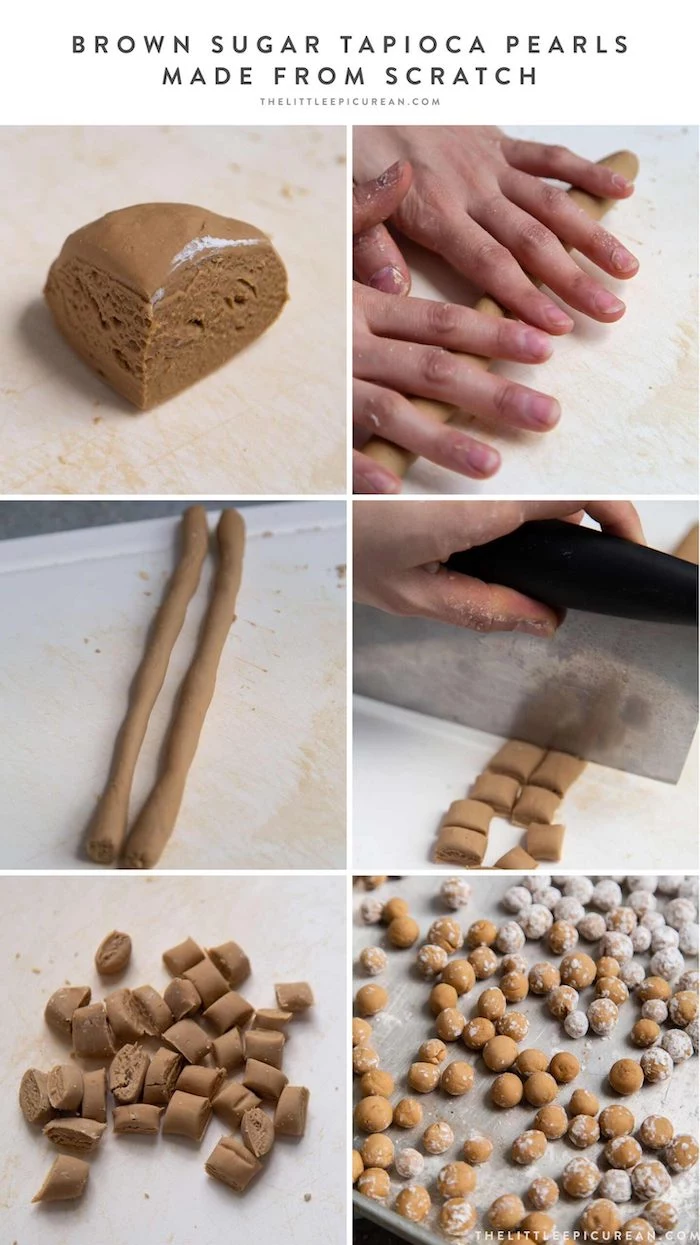
For the Adventurous: Making Pearls from Scratch
Ready to level up? Making your own pearls is so rewarding. You’ll need a kitchen scale for this, as measuring starch by volume can be tricky.
What you’ll need for the dough: 100g of tapioca starch (plus extra for dusting), 50g of dark brown sugar, and 60ml of water. For the finishing syrup, just use another 1/2 cup each of dark brown sugar and water.
First, bring the sugar and water to a hard, rolling boil. This is non-negotiable. Immediately add about a third of your starch and stir like crazy. It’ll form a weird, sticky, goopy blob. Perfect. That’s your gelatinized starter. Remove it from the heat, dump in the rest of the starch, and mix it all together. It’ll look crumbly, but don’t panic. Dump the hot mass onto your counter and start kneading. As you work the warm dough, it will become smooth and pliable, like Play-Doh. This takes about 5-7 minutes.
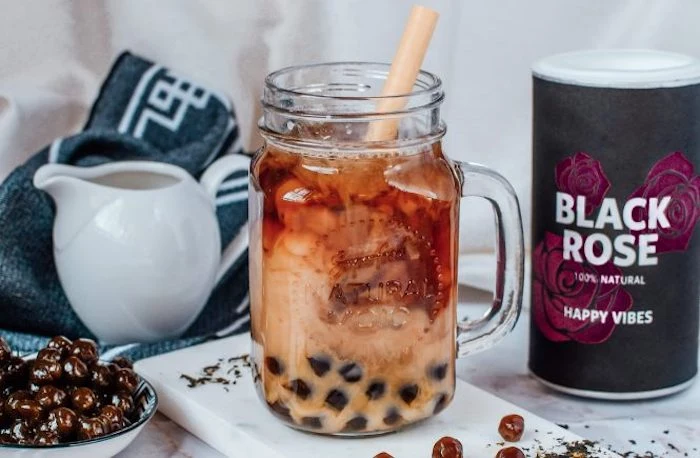
Now for the time-consuming part. Roll the dough into thin ropes and cut them into tiny pieces. Roll each piece between your palms to form a little ball. Heads up, this is where you’ll want to put on a podcast. This shaping step can easily take 30-45 minutes. It’s tedious but worth it! Cook these fresh pearls using the same 20-minute cook + 20-minute rest method described above.
A Quick Note on Freshness: Homemade boba pearls are at their peak for about 4-6 hours. After that, they start to harden. Never, ever refrigerate them. And a serious safety reminder: boba can be a choking hazard, so please be careful, especially with kids.
The Finishing Touches: Milk & Sweeteners
You’re in the home stretch! Your choice of milk really defines the creaminess of the final drink.
- Dairy Options: Whole milk is the classic for its rich mouthfeel. For something truly decadent, a splash of half-and-half is amazing. Some traditional styles even use sweetened condensed milk for both creaminess and sweetness.
- Non-Dairy Milks: From my experience, the best non-dairy option is oat milk. It’s incredibly creamy and doesn’t have a weird aftertaste. Almond milk can be a bit thin, and soy milk sometimes has a tendency to curdle with the tea.
As for sweetness, the brown sugar syrup your pearls are soaking in adds a ton of flavor. For most people, that’s enough. If you like it sweeter, just add a bit more of that same syrup to your drink. Please don’t just dump granulated sugar in—it won’t dissolve and you’ll get a gritty texture.
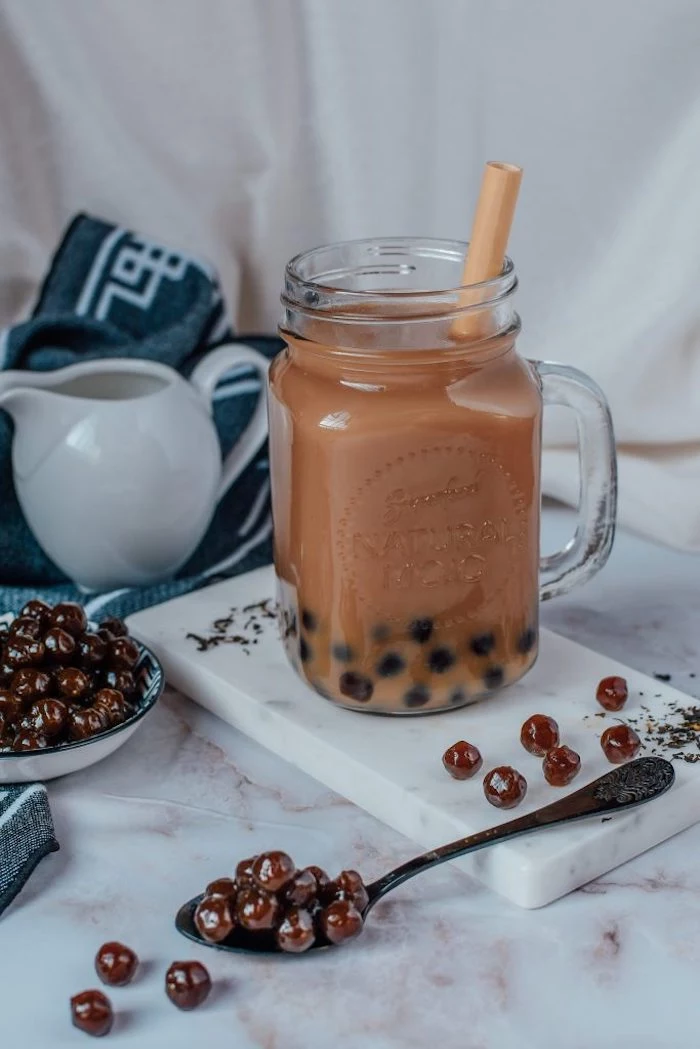
Putting It All Together: The Grand Finale
This is the fun part. The order you assemble the drink actually matters for the final experience.
- Pearls First: Spoon a generous amount of your warm, syrupy boba into the bottom of a tall glass (about 1/4 full). The warm pearls against the cold drink are a fantastic contrast.
- Ice Second: Fill the glass about three-quarters of the way with ice. Don’t be shy with it!
- Tea Third: Pour your chilled, concentrated tea over the ice.
- Milk Last: Top it off with your milk of choice. You’ll get those beautiful, Instagram-worthy swirls as the milk cascades down.
Give it all a good stir with a wide boba straw and enjoy it right away. Total project time from scratch is about 2.5 hours, but if you’re using store-bought pearls, you can have a drink in your hand in under an hour. Not bad at all!
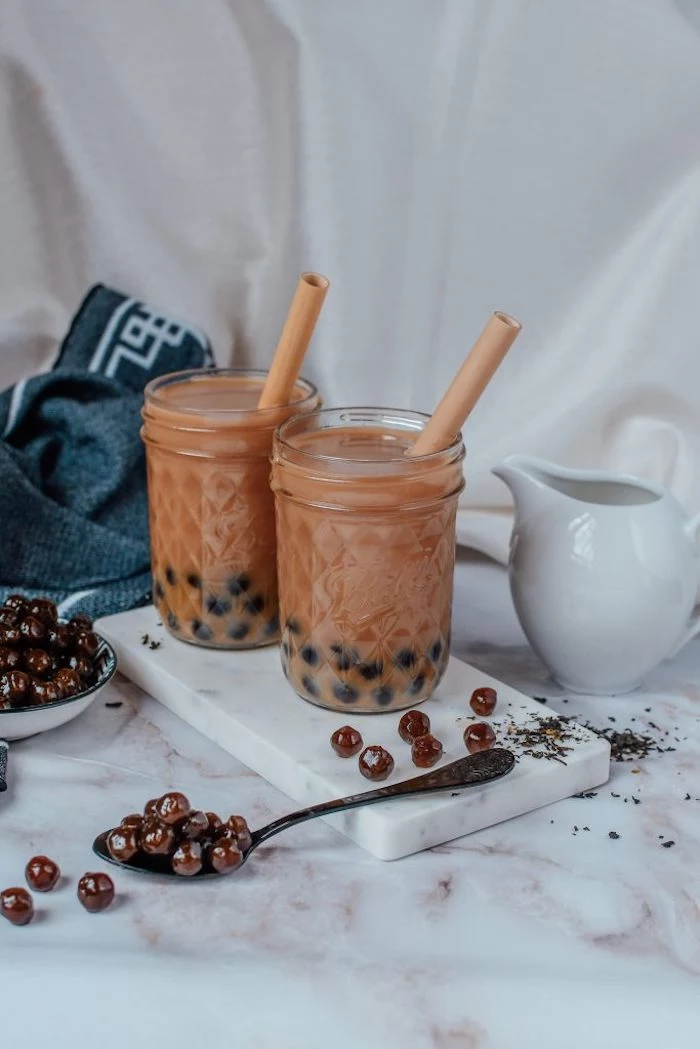
Your Bubble Tea Shopping List
Before you get started, here’s a quick rundown of what you’ll want to have on hand. You can find most of these items at a well-stocked Asian market or online.
For the pearls, you’ll need either a bag of dried tapioca pearls (about $5-$8) or tapioca starch (sometimes called tapioca flour, around $4 for a bag) if you’re making your own. Don’t forget the dark brown sugar for that deep, molasses flavor. For the tea, grab some quality loose-leaf black or green tea. And of course, your milk of choice. Oh, and the one thing you can’t forget: a pack of wide-gauge boba straws. Trust me, trying to drink this with a regular straw is a frustrating experience.
Inspirational Gallery
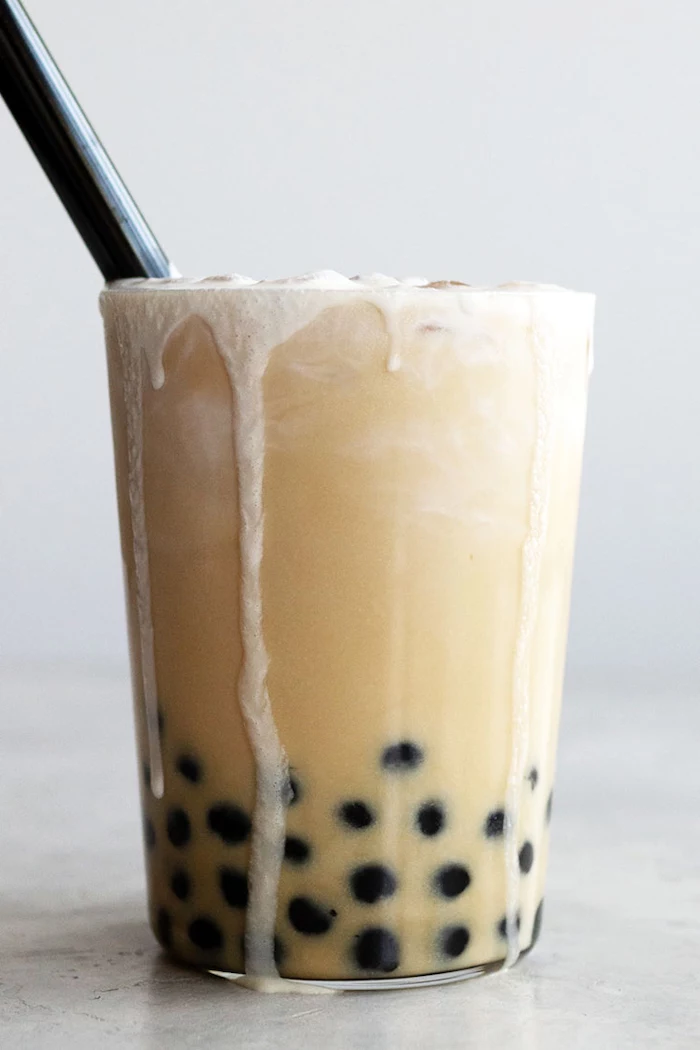
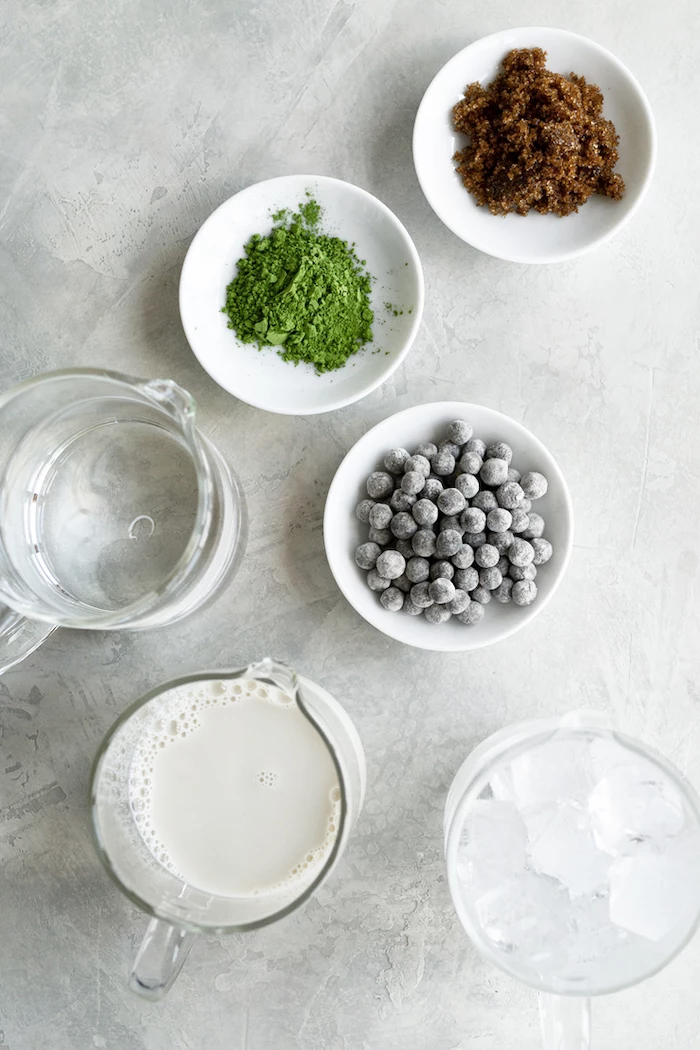
- Pearls turned to mush? You likely overcooked them. Try reducing the boil time by a few minutes on your next batch.
- Hard in the center? They’re undercooked. Keep them simmering and test one every few minutes until the chew is consistent.
- Sticking together in a giant clump? You forgot to rinse! As soon as they’re cooked, drain and rinse them under cool water until they are no longer sticky. Tossing them in syrup helps keep them separate.
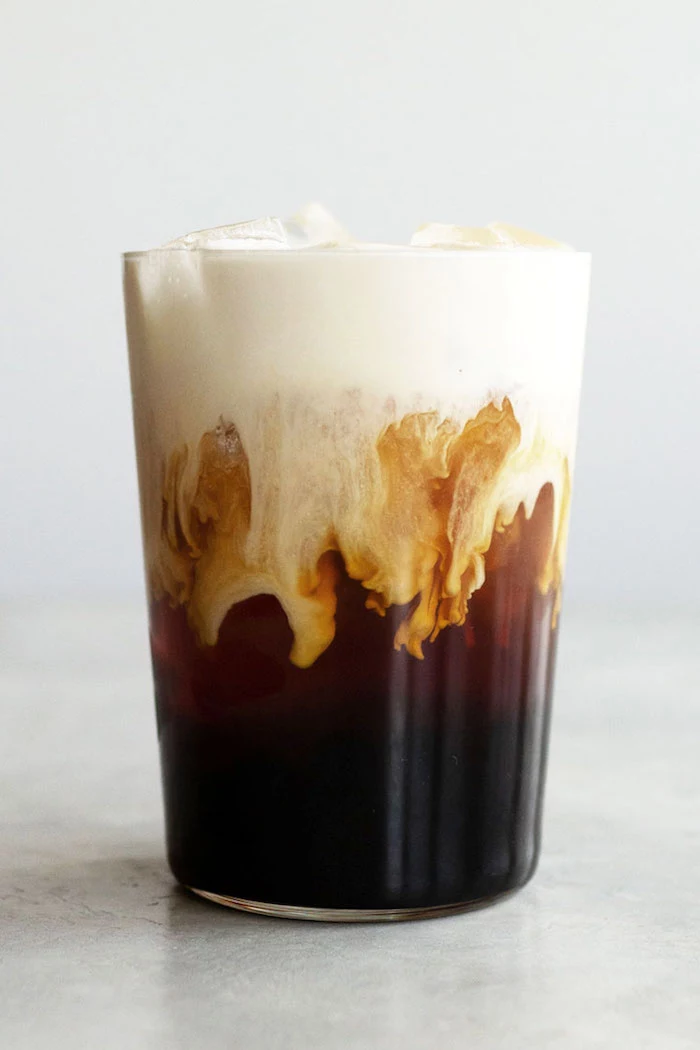
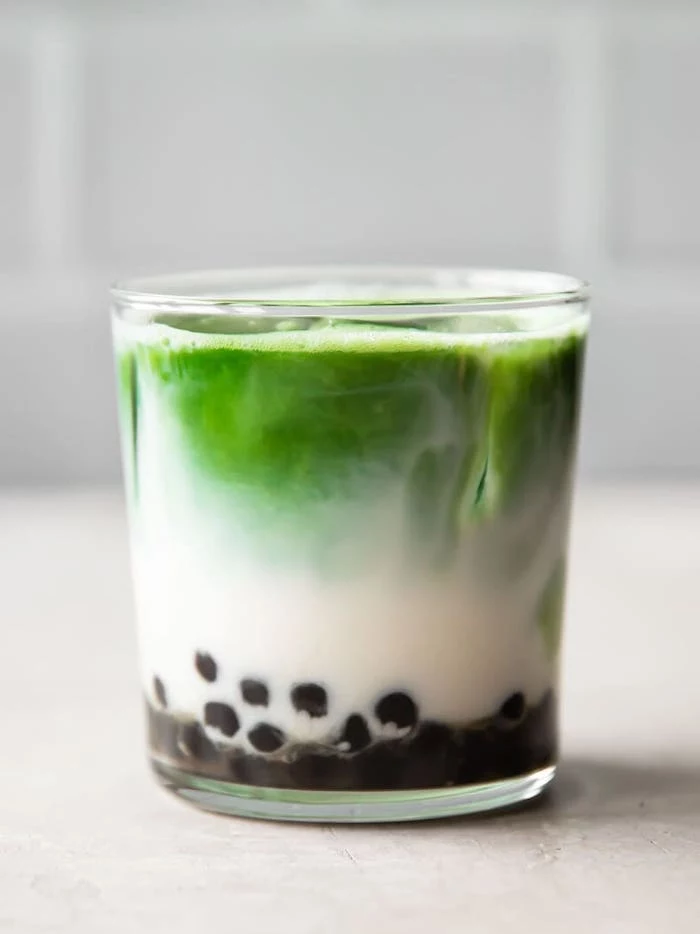
What’s the deal with those colorful spheres that aren’t chewy?
You’ve encountered popping boba! Unlike traditional tapioca, these are made using a spherification process. They have a thin, gel-like skin and are filled with fruit juice—like lychee, strawberry, or mango—that bursts in your mouth. They’re a fantastic, fun alternative if you’re not a fan of the chewiness of classic pearls.
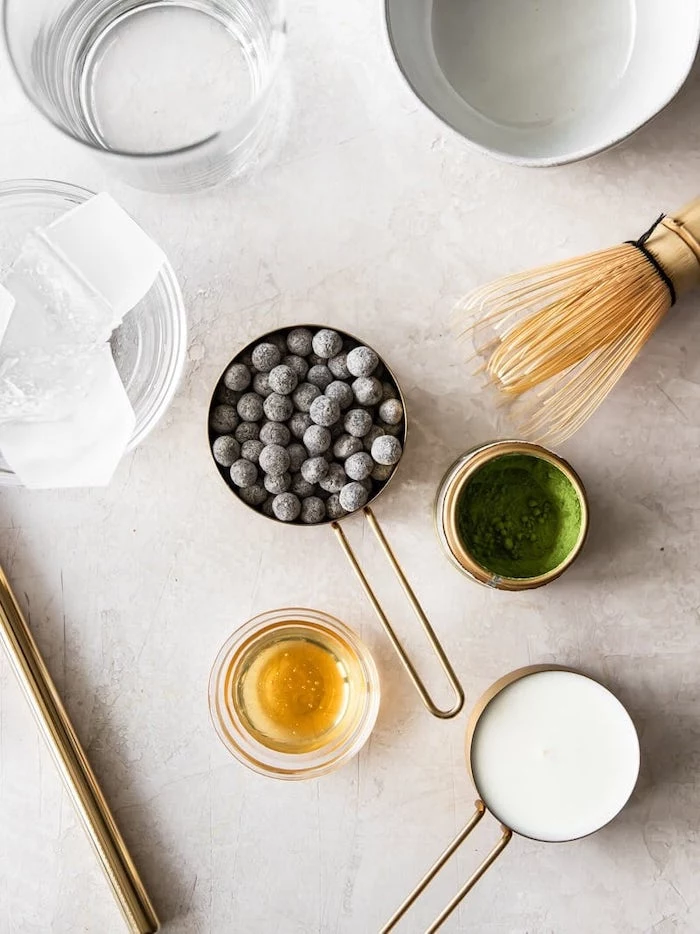
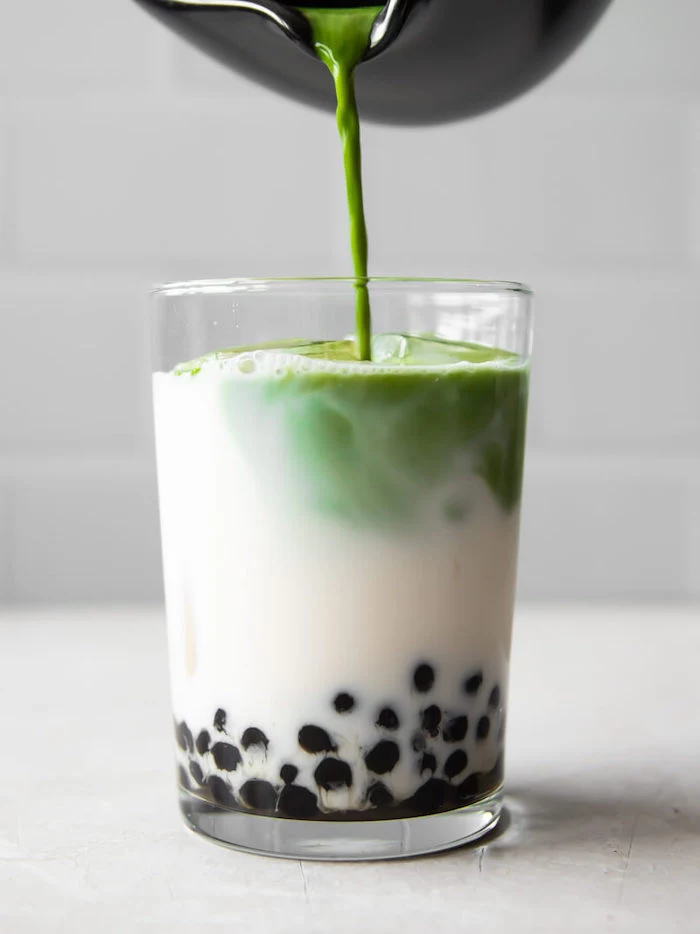
The secret to a non-watery boba: The consistency of your brown sugar syrup. If it’s too thin, it’ll just dissolve. Aim for a texture that slowly coats the back of a spoon. A 1:1 ratio of dark Muscovado sugar to water, simmered until fully dissolved and slightly reduced, is your goal for creating those beautiful, slow-moving ‘tiger stripes’ down the glass.
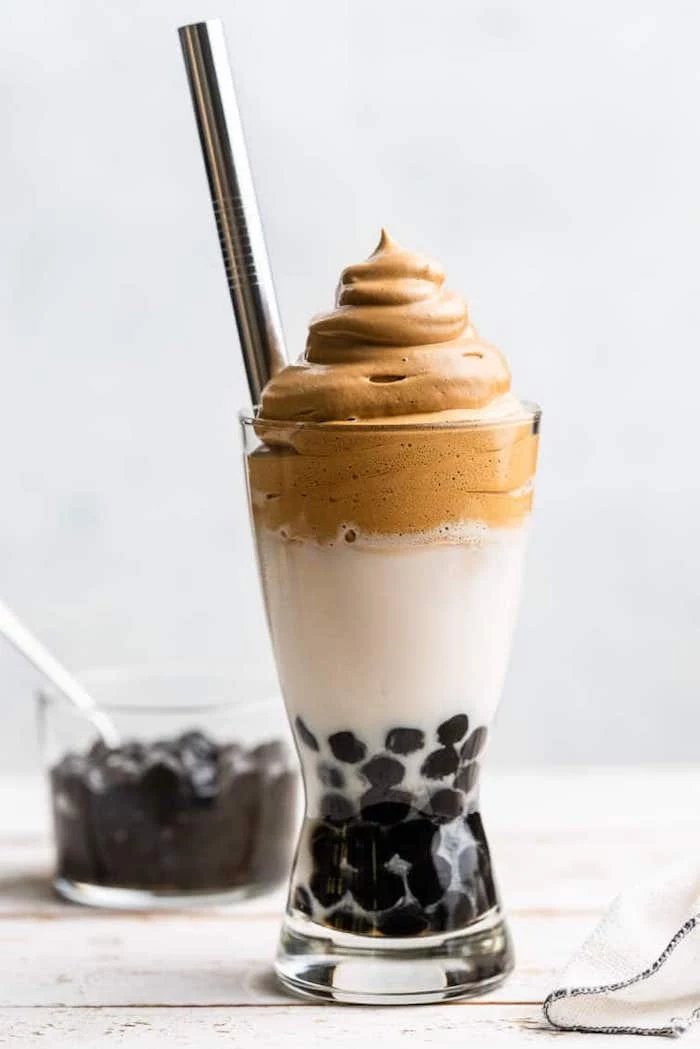
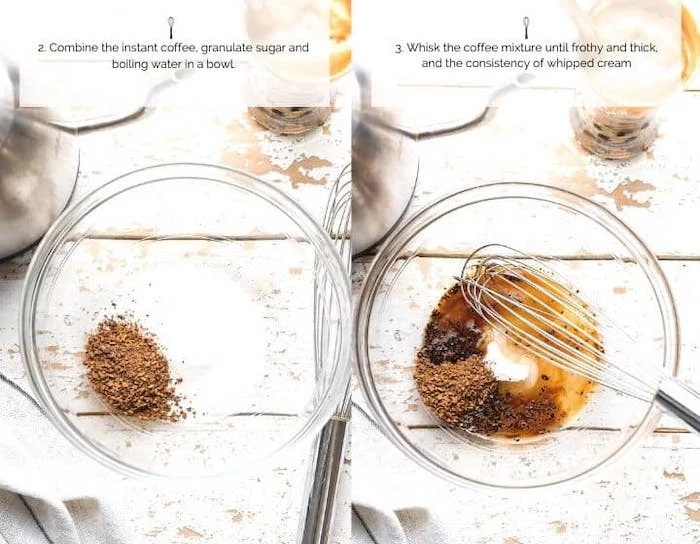
That beautiful purple drink you see everywhere is taro milk tea. Taro is a root vegetable with a unique nutty and vanilla-like flavor. For an authentic homemade version, find taro powder from brands like Tea Zone or Bossen in Asian markets or online. Whisk the powder with a little hot water to form a smooth paste before adding it to your milk and tea base to avoid clumps.
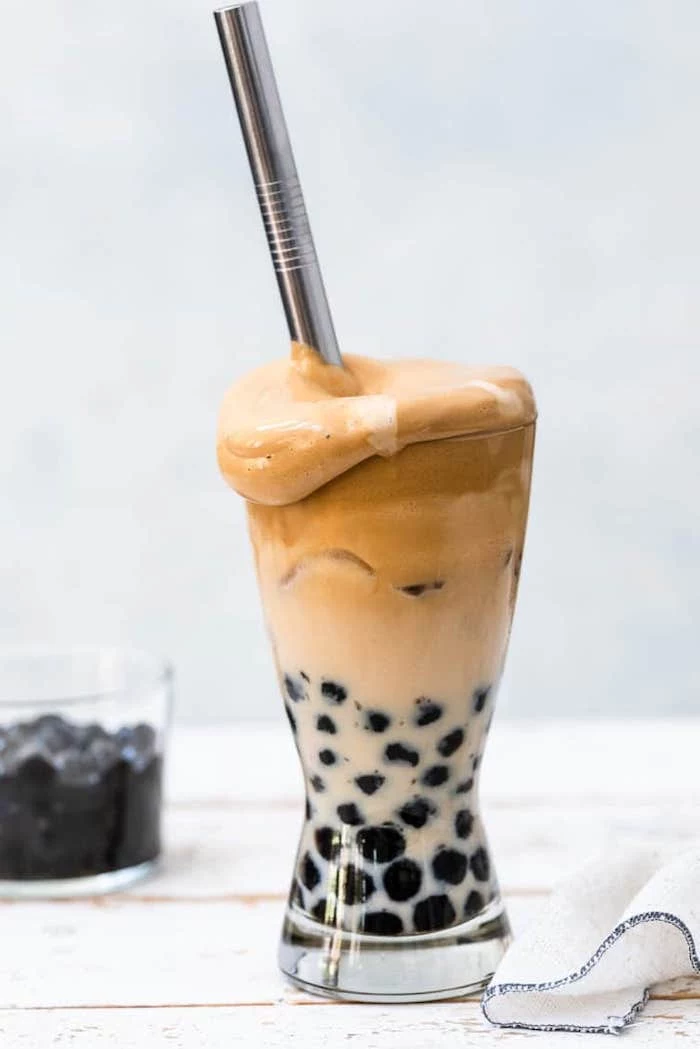
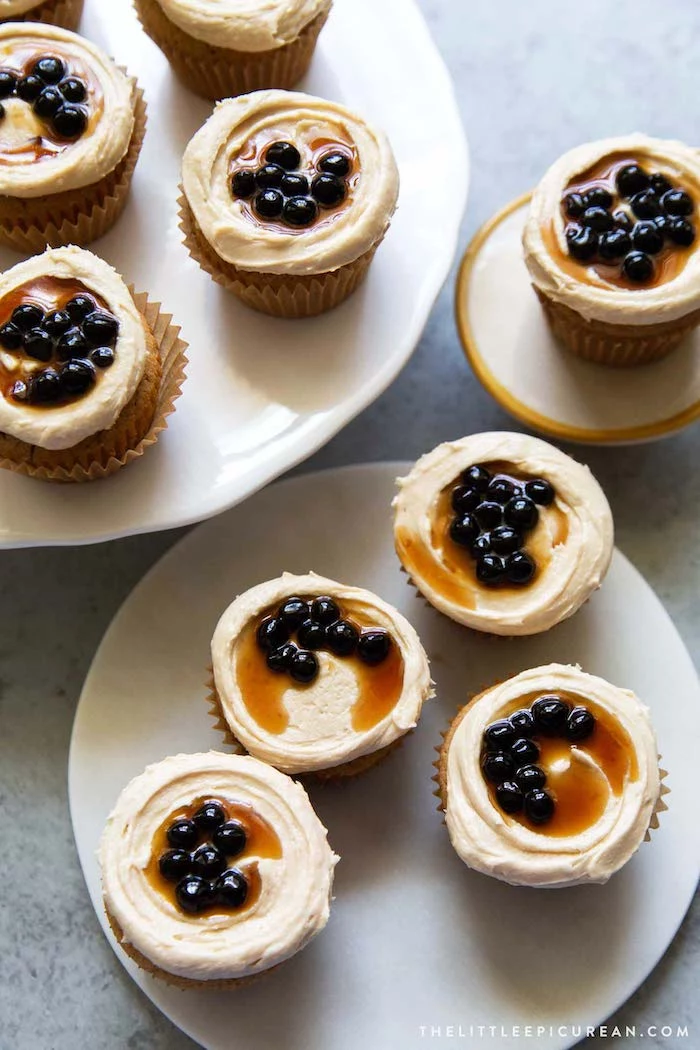
Dairy Milk: The classic choice, offering a rich, creamy body that balances the tannins in strong black teas perfectly.
Oatly Barista Edition: The champion for dairy-free boba. It’s incredibly creamy, froths beautifully when shaken, and has a neutral flavor that lets the tea shine. Other options like almond or soy milk can sometimes add their own distinct nutty flavor, which may or may not be what you’re after.
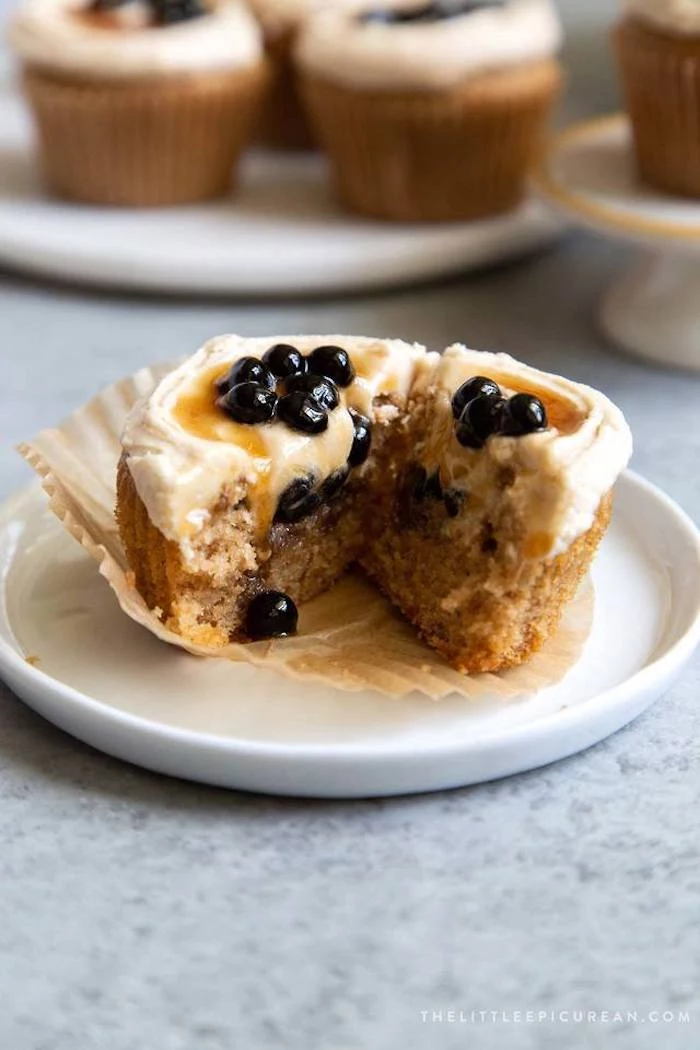
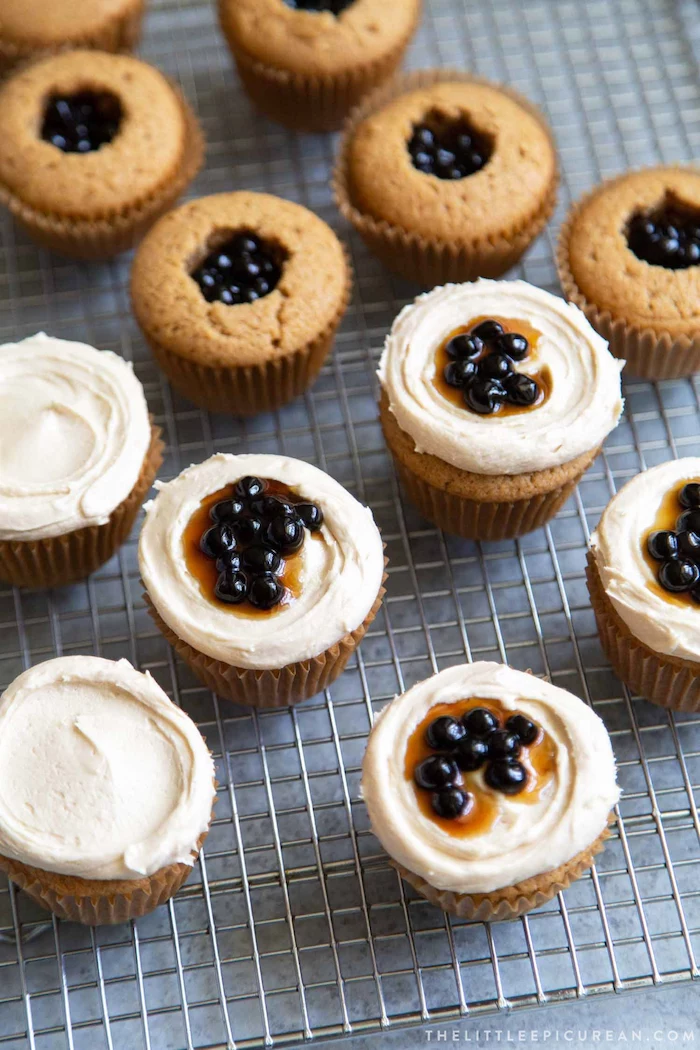
Take your boba from great to gourmet by infusing your simple syrups. It’s surprisingly easy.
- Lavender: Add a tablespoon of dried culinary lavender to your simmering 1:1 sugar and water mixture. Strain before storing. Perfect with Earl Grey tea.
- Rose: Use a few drops of food-grade rosewater or dried rose petals. A fantastic pairing for green or light oolong teas.
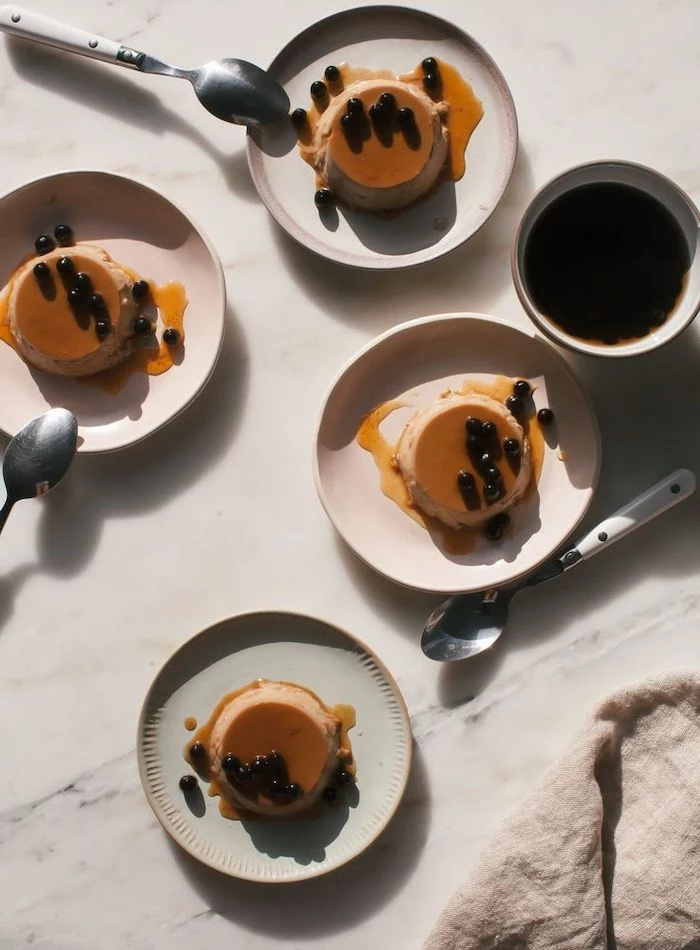
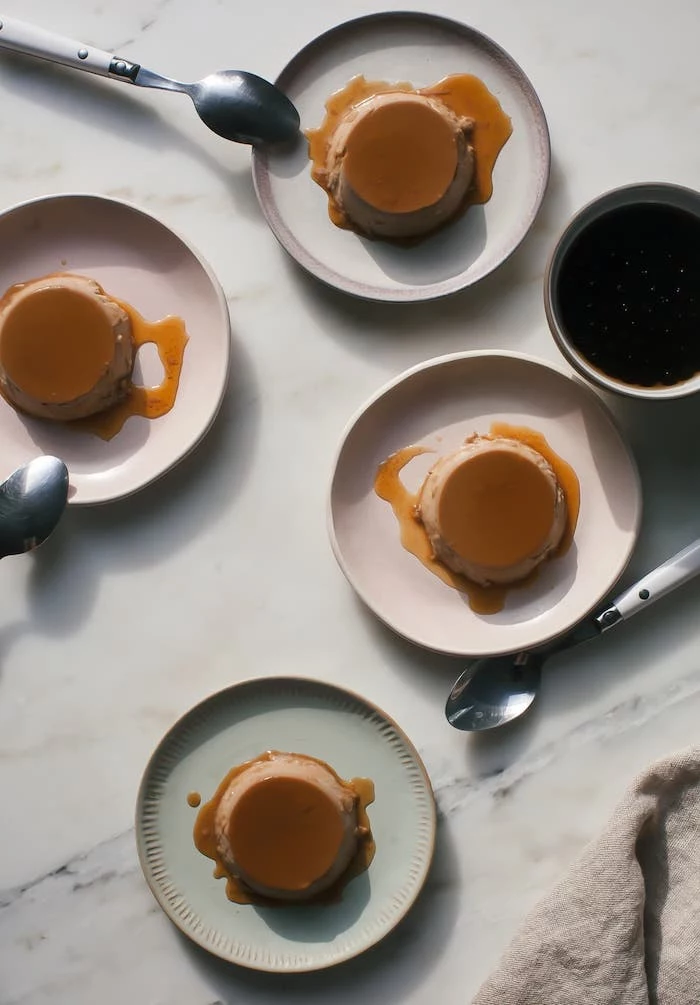
- A stunning visual presentation.
- Pockets of intense, un-diluted syrup.
- A richer, more complex flavor journey in every sip.
The trick? The ‘tiger stripe’ effect. Simply drizzle a thick brown sugar syrup down the inside walls of your serving glass *before* adding ice and tea. The cold glass helps it cling, creating those iconic, delicious stripes.
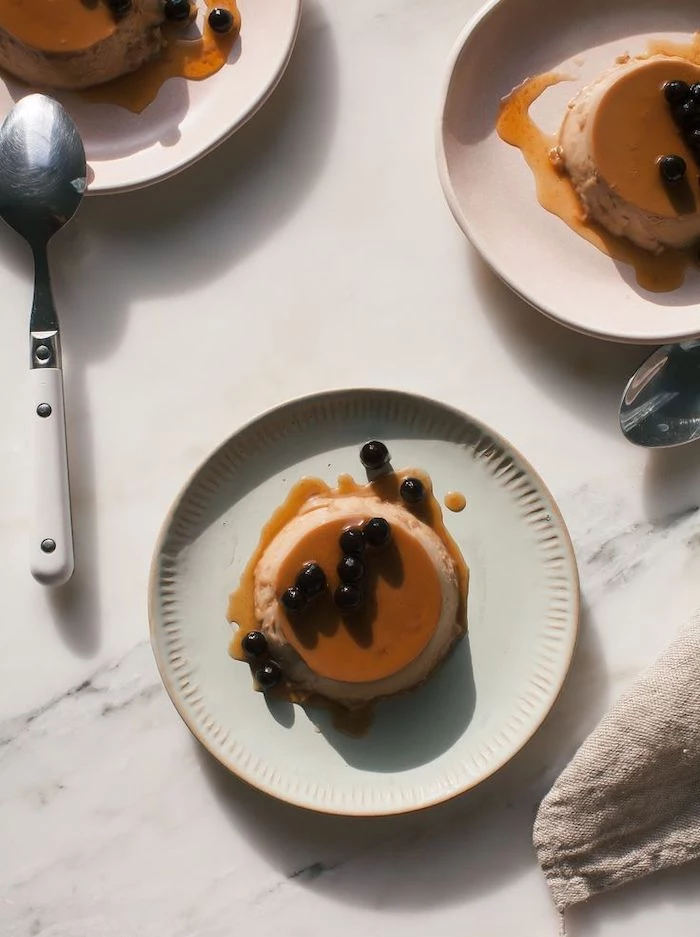
The global bubble tea market was valued at over $2.4 billion in 2019 and is projected to reach $4.3 billion by 2027.
This explosive growth shows just how much the world has fallen in love with this Taiwanese drink. What started as a local treat has become a global phenomenon, and now you’re bringing that multi-billion dollar experience right into your own kitchen!

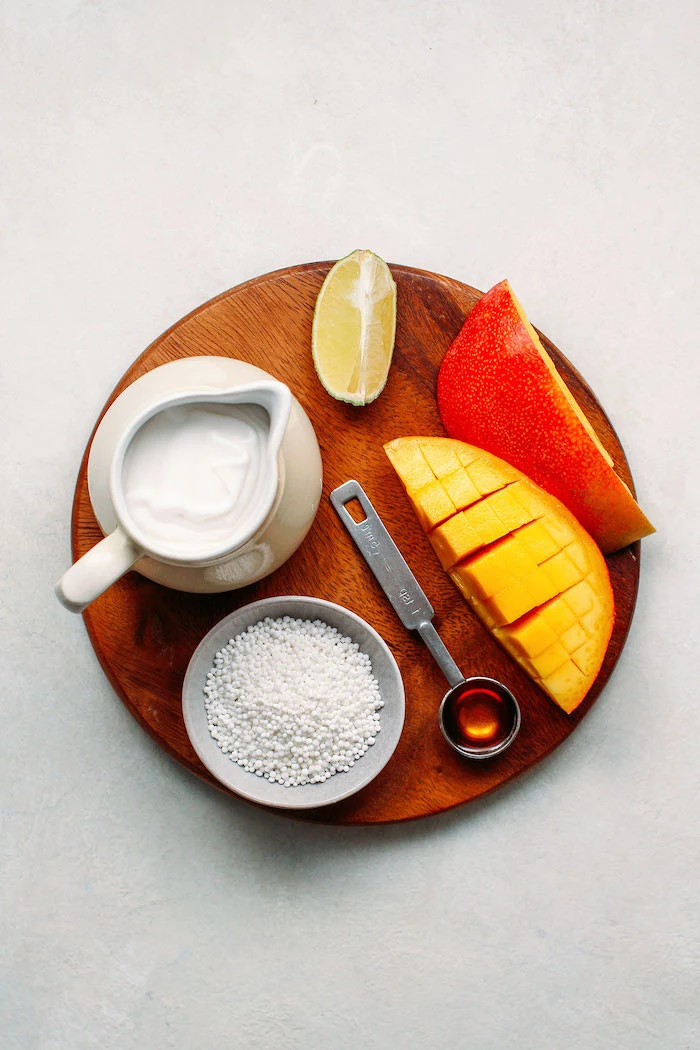
Don’t be intimidated by cheese foam. It’s a sweet and savory foam that adds a decadent layer to your tea. It’s typically made by whipping cream cheese, heavy cream, a little milk, and a pinch of salt until smooth and airy. The slight saltiness beautifully cuts through the sweet tea underneath, creating a flavor experience reminiscent of a salted caramel dessert. It pairs exceptionally well with roasted oolong or black teas.
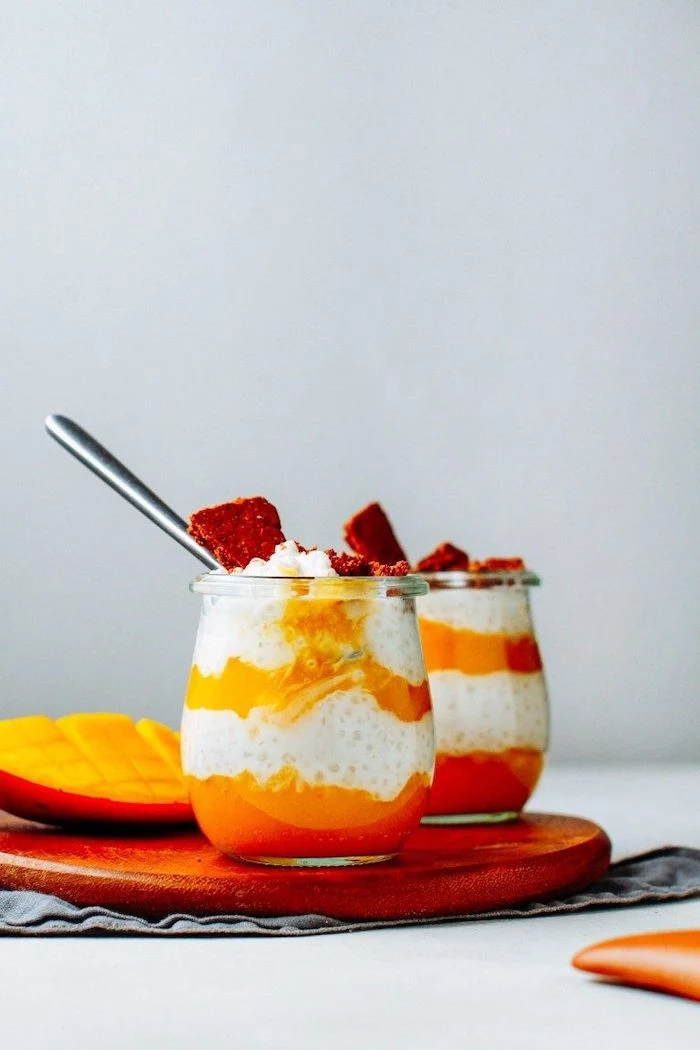
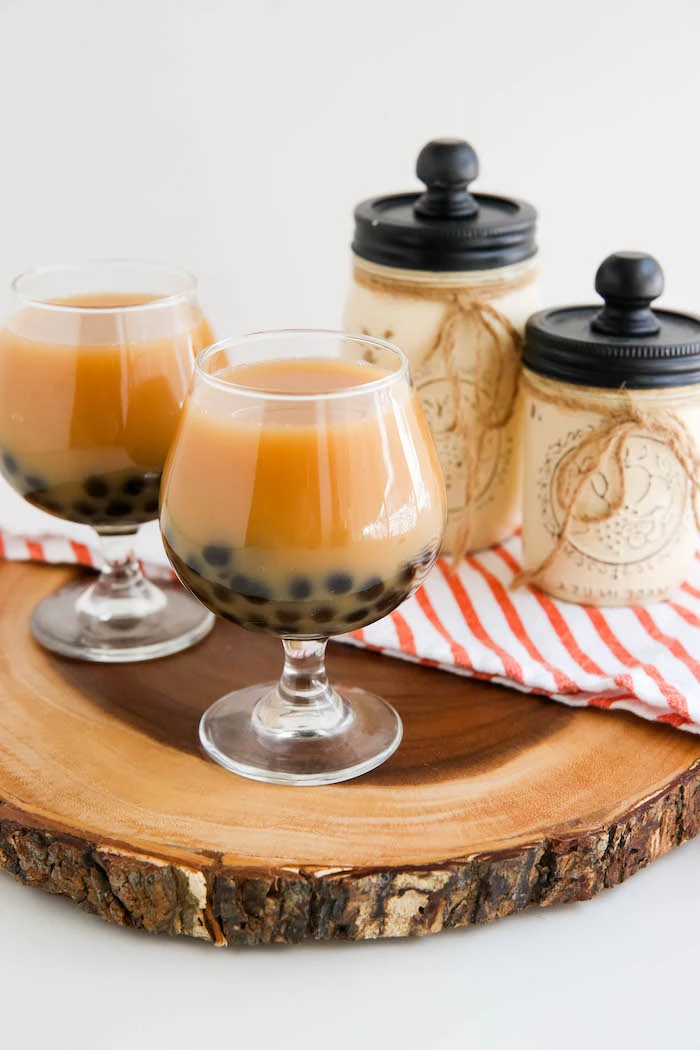
- A cocktail shaker: Not just for show! It perfectly chills, slightly dilutes, and aerates the tea for a smooth, frothy top. A simple Boston shaker is perfect.
- Extra-wide straws: A non-negotiable for getting those pearls. Look for reusable stainless steel or glass versions specifically sold as ‘boba straws’.
- A fine-mesh strainer or slotted spoon: Crucial for safely scooping cooked pearls out of hot water.
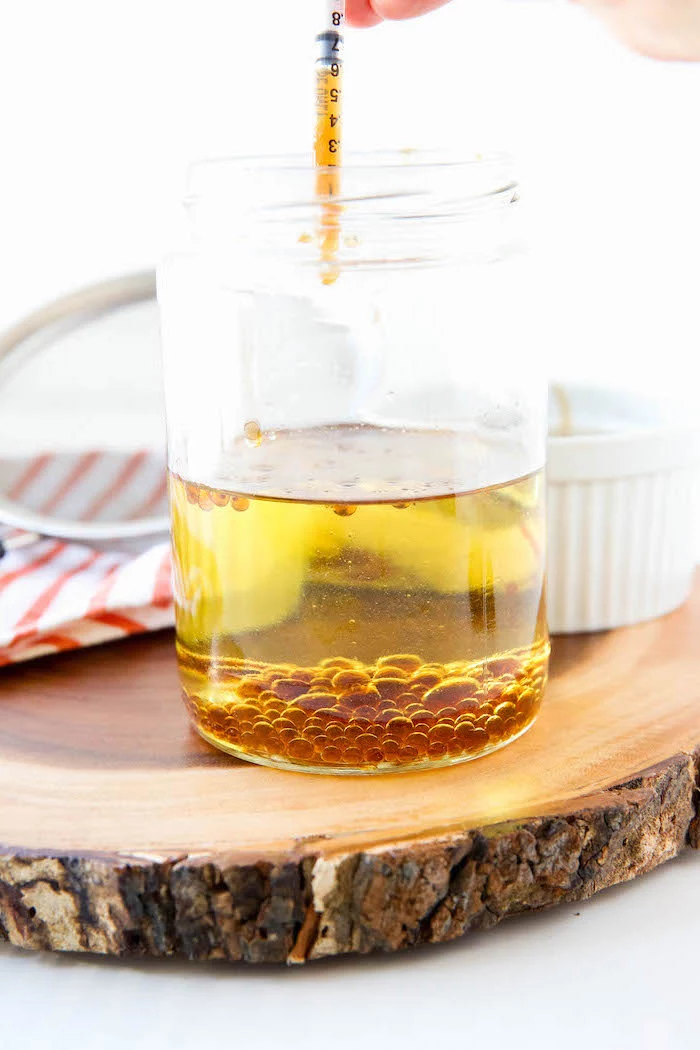
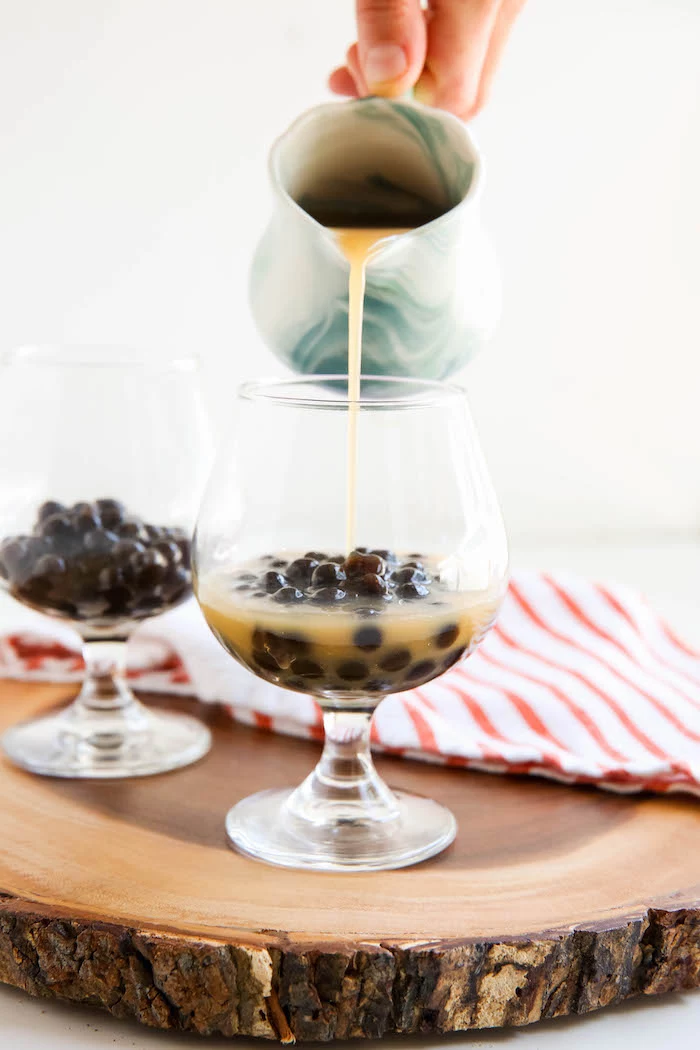
Can I save time by brewing a big batch of tea?
Absolutely! Brewing your tea concentrate ahead of time is a pro move. Brew a strong batch, let it cool completely, and store it in a sealed pitcher in the refrigerator for up to 3 days. This way, you can assemble a fresh bubble tea in minutes. Just wait to mix it with milk or sweeteners until you’re ready to serve for the freshest taste.
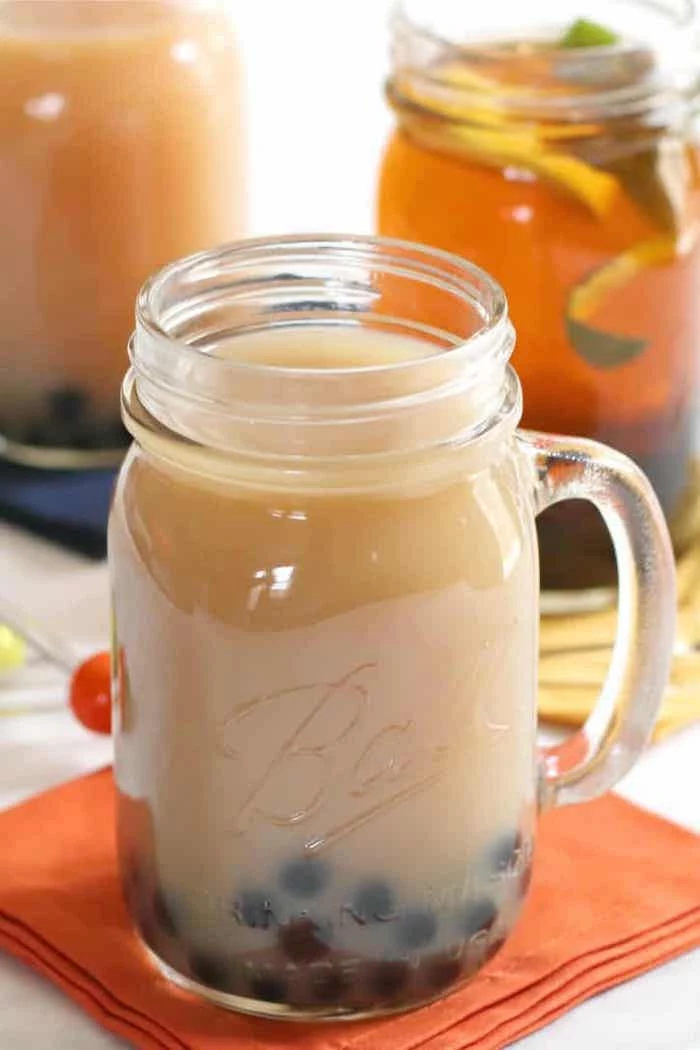
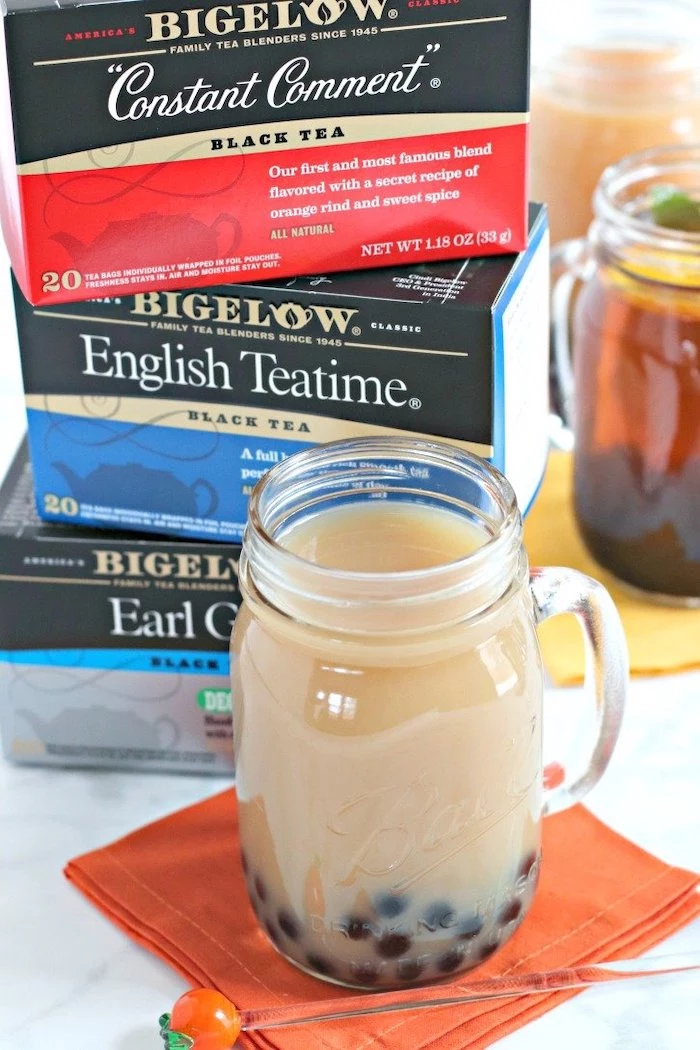
While flavored powders are easy, using real fruit purées elevates your drink. For a vibrant mango boba, simply blend frozen mango chunks with a touch of your simple syrup until completely smooth. For raspberry or strawberry, strain the purée through a fine-mesh sieve to remove the tiny seeds for a silky, professional texture that tastes authentically fresh.
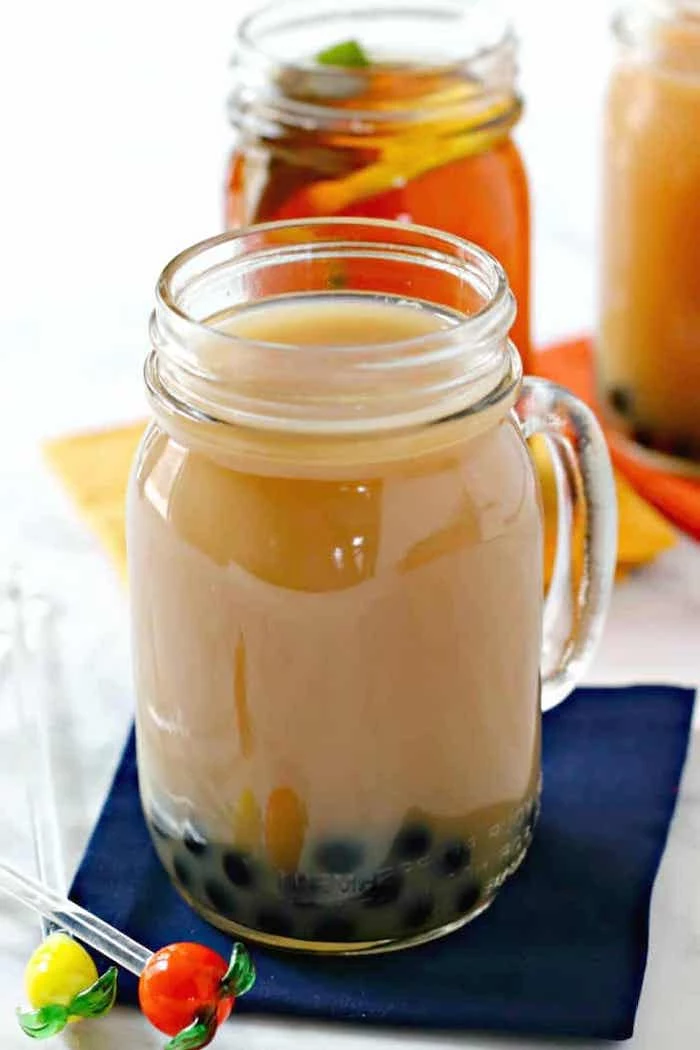
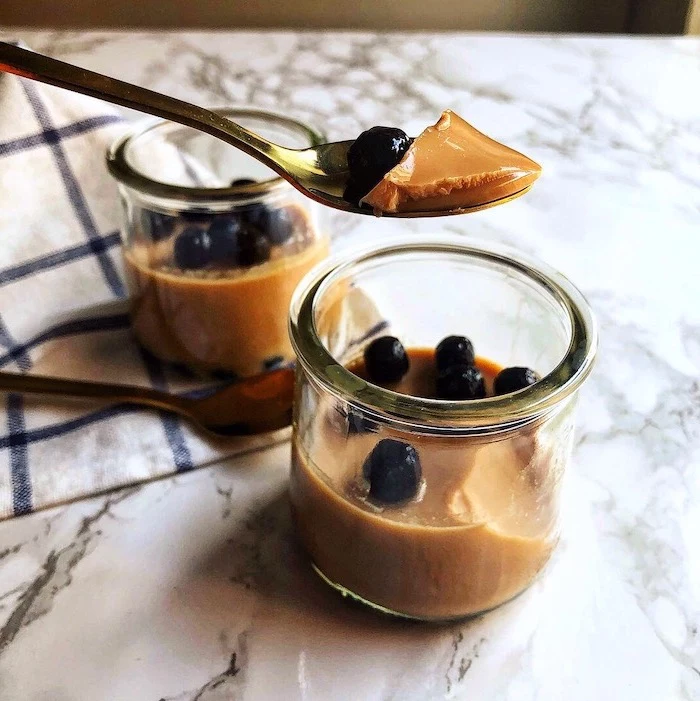
Pro Tip for a Richer Drink: Swap a portion of your milk and sugar for sweetened condensed milk. It provides both creaminess and sweetness in one go, delivering a velvety texture and rich flavor that’s reminiscent of many traditional Asian-style milk teas and coffees. A spoonful or two is all it takes.
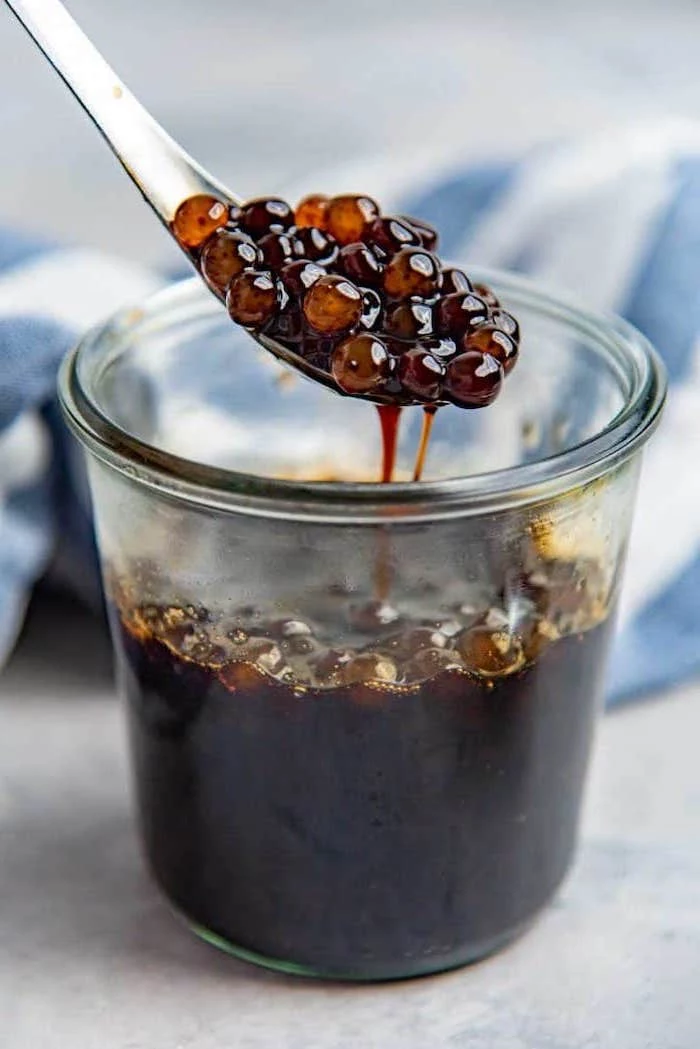
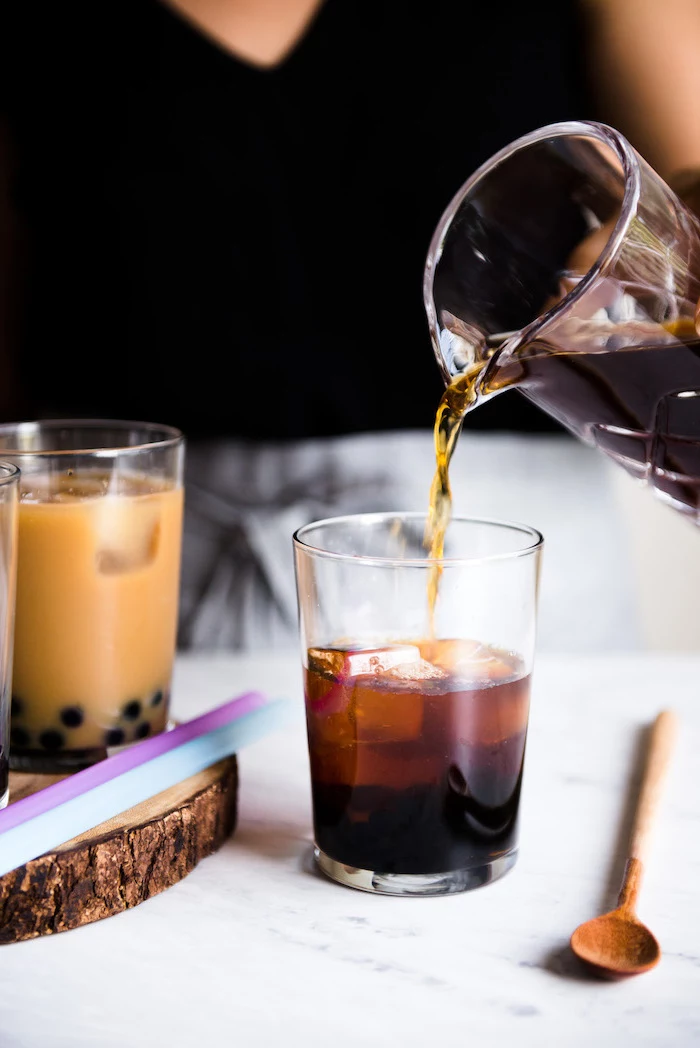
Love boba but hate the single-use plastic? The market for reusable boba gear is booming. You can now easily find wide-mouth glass tumblers from brands like Bambu or stainless steel options from Ello, specifically designed with leak-proof lids for bubble tea. Pair one with a wide metal straw to make your homemade boba habit as eco-friendly as it is delicious.
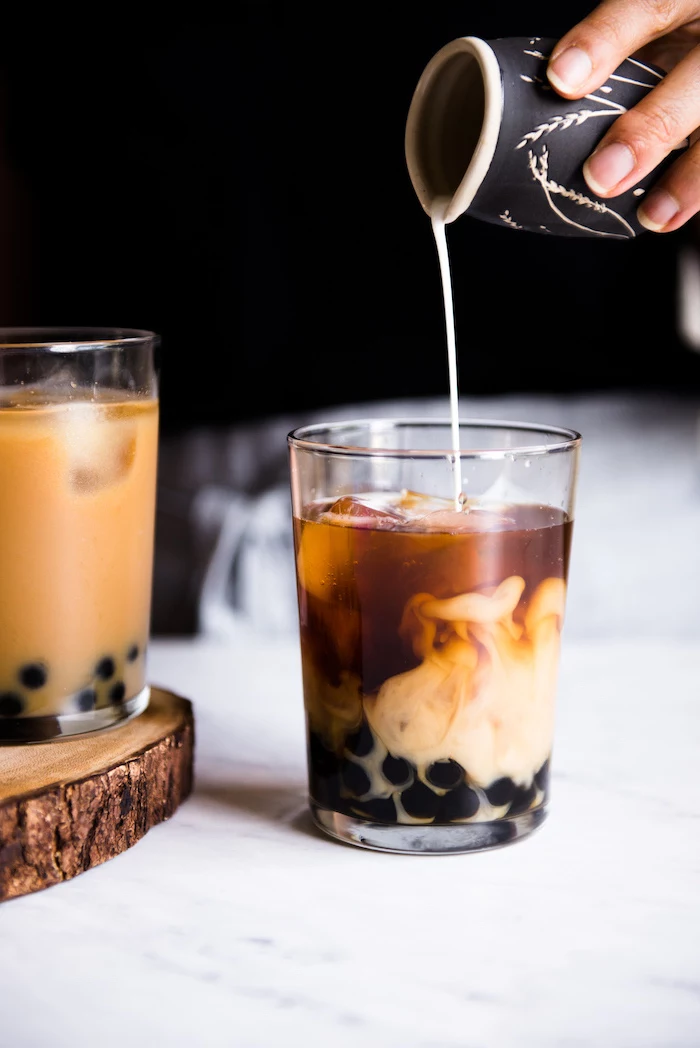
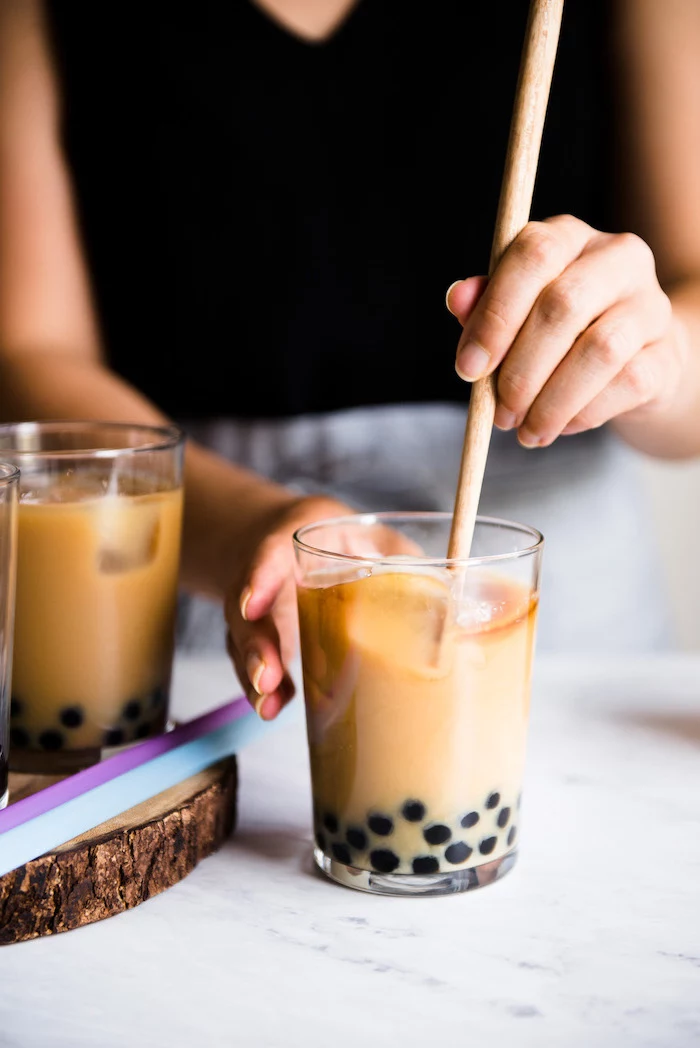
- Perfectly chills the tea mixture.
- Creates a light, desirable frothy texture on top.
- Emulsifies the milk, tea, and syrup into one harmonious liquid.
The secret? A cocktail shaker. Shaking your tea with ice for just 15 seconds transforms the separate ingredients into a cohesive, professional-tasting beverage that’s a world away from simply stirring it with a spoon.
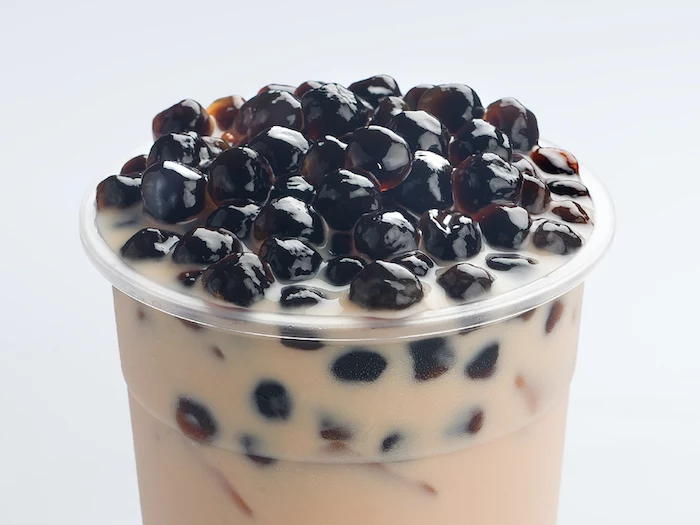
Don’t let your beautiful creation get warm. Pre-chilling your glasses in the freezer for 10-15 minutes before assembly makes a huge difference. It keeps the drink colder for longer without requiring extra ice, which prevents the dreaded watery-down effect and keeps your pearls at the perfect temperature.
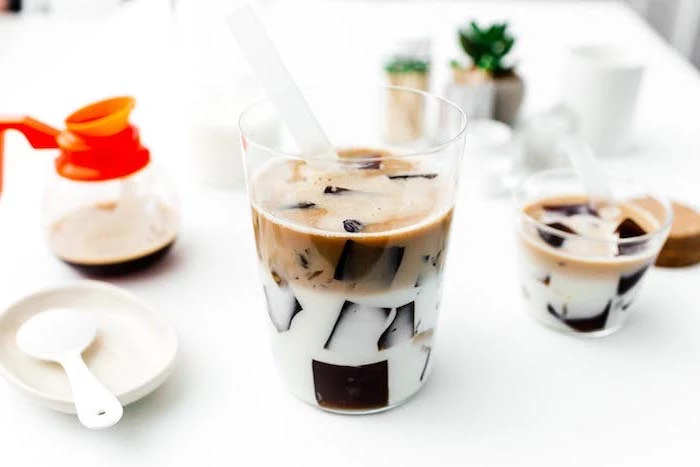
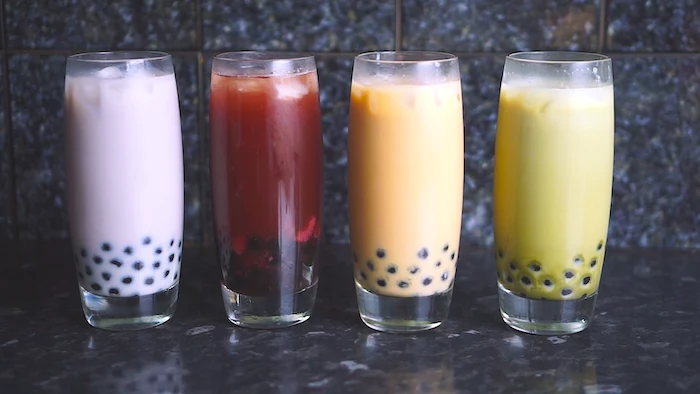
Beyond the Classic
Feeling adventurous? Use your new skills as a base for other famous Asian drinks.
- Thai Tea: Use a strong-brewed Thai tea mix (like Pantai) and sweeten with condensed milk for a vibrant orange color and unique spiced flavor.
- Japanese Matcha: Whisk high-quality matcha powder into your milk for the iconic earthy, umami-rich Matcha Boba Latte.
- Vietnamese Coffee: Brew strong coffee (Café Du Monde is classic) and mix with sweetened condensed milk for a Cà Phê Sữa Đá-inspired boba.
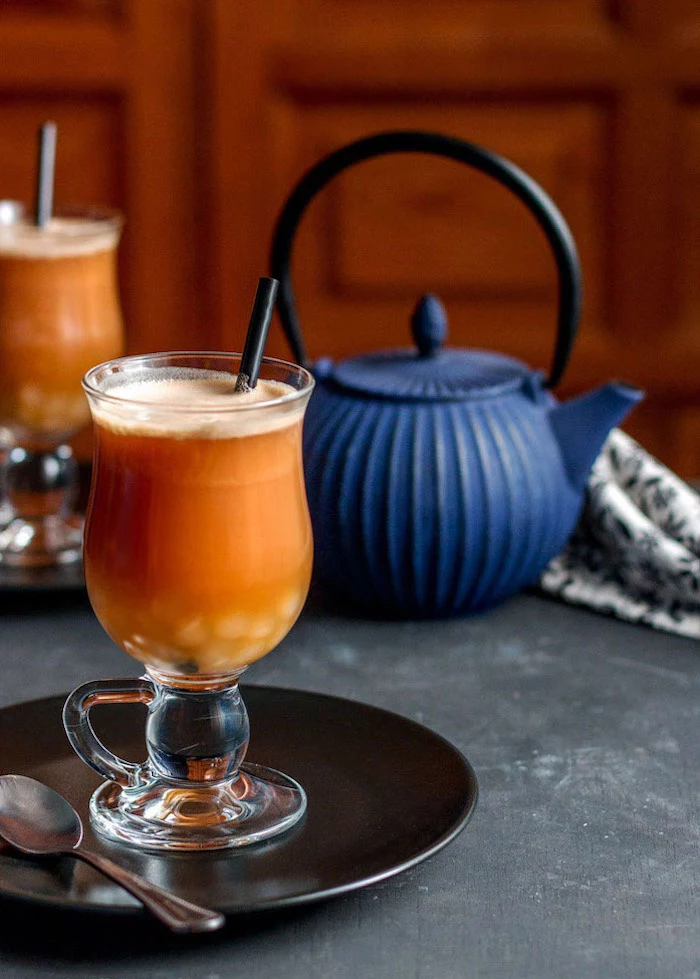

Quick Fix: If you’ve made your tea and it tastes a little weak, don’t despair and don’t dump it. Make one or two ‘tea ice cubes’ by freezing some of your strong, unsweetened tea base. Add them to your drink for extra chill and a slow release of flavor that will intensify the tea taste as they melt, rather than watering it down like regular ice.
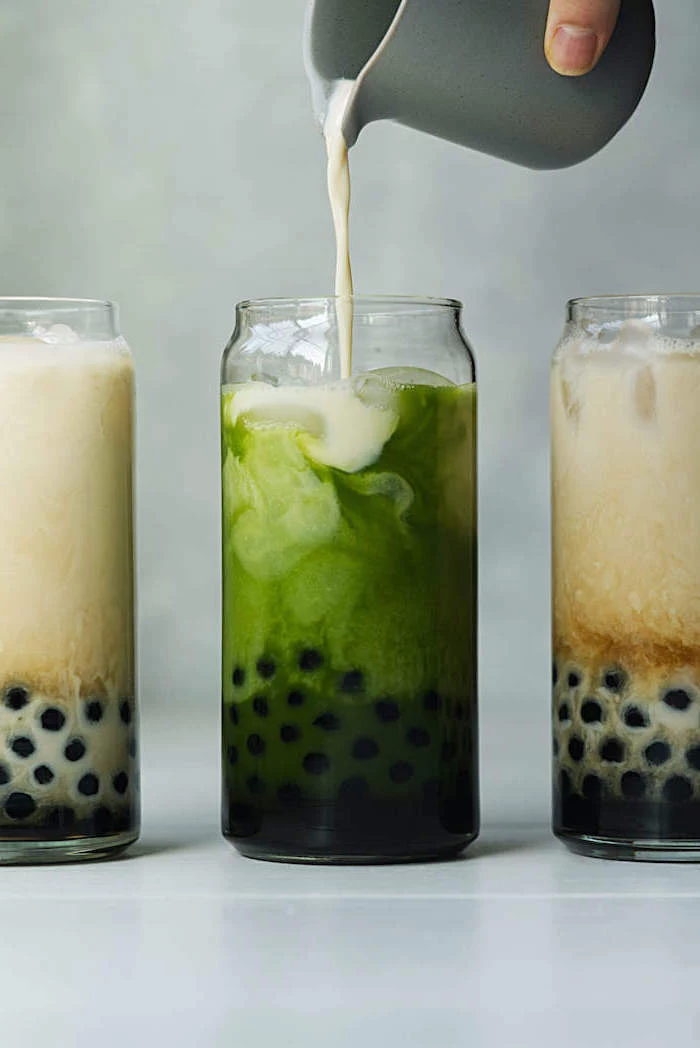
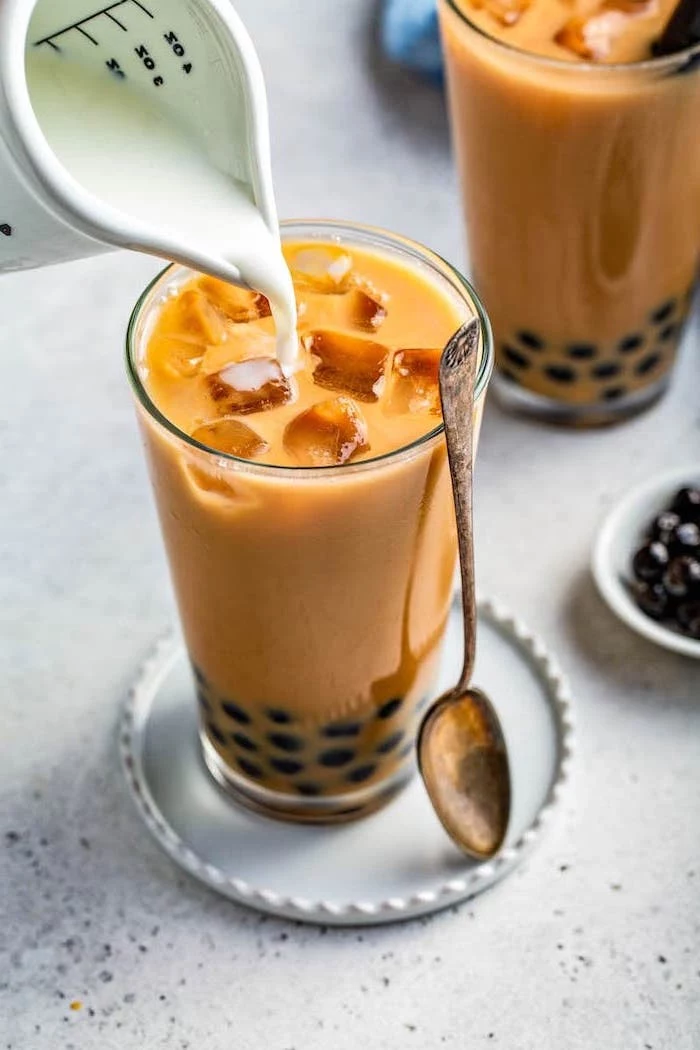
Did you know? There are over 20 different types of toppings available at modern boba shops.
While tapioca pearls are king, don’t be afraid to try other textures. Explore toppings like grass jelly (a slightly bitter, herbal jelly), almond jelly (a sweet, firm pudding), or red bean paste (sweet and earthy) to add new dimensions of flavor and texture to your homemade creations.
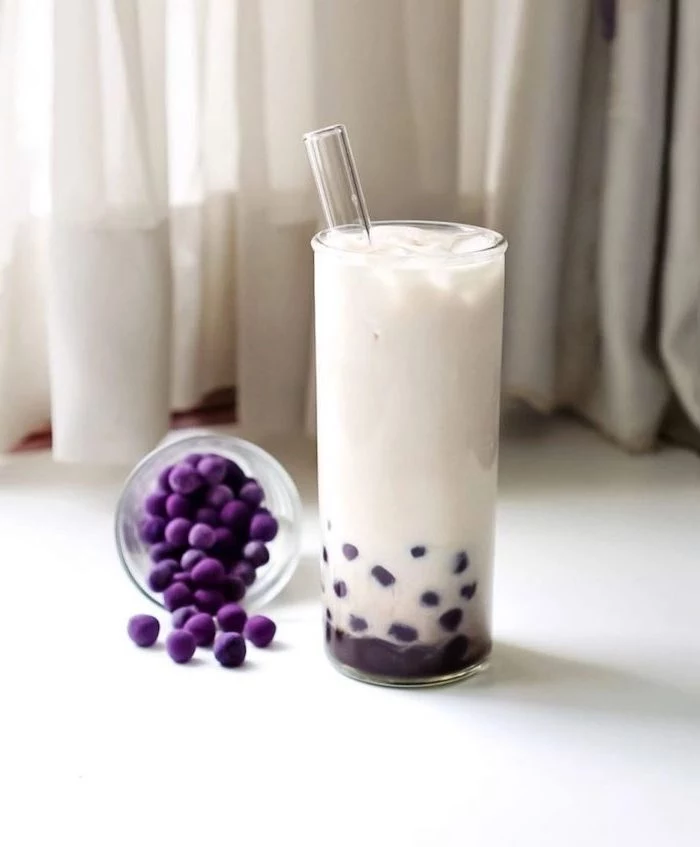
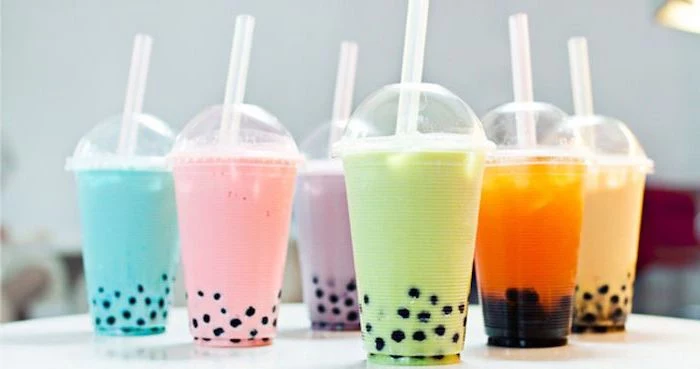
The cardinal sin of homemade boba is undercooking the pearls. Always follow package directions, but test one by sacrificing it. Carefully fish one out, let it cool slightly, and bite it. If there’s a hard, powdery core, it needs more time on the boil. Patience is the key to that perfect, uniform chew.
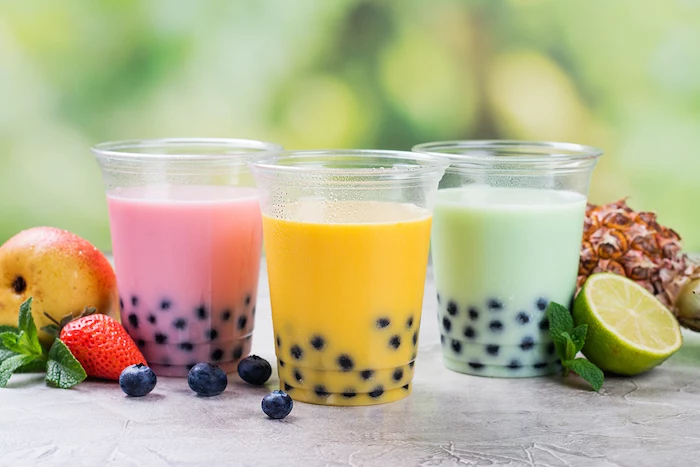
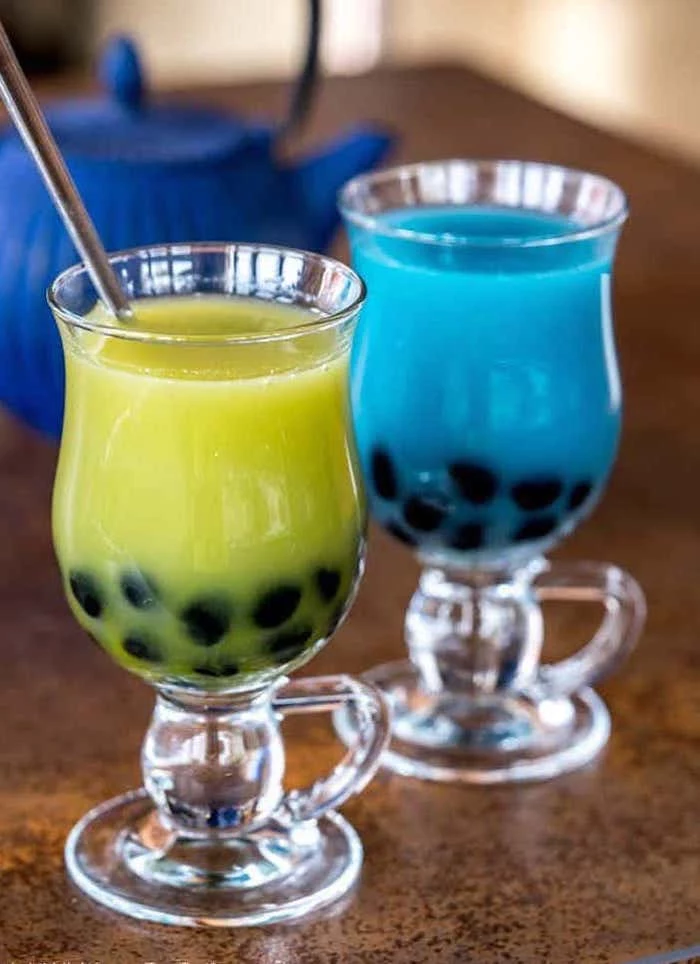
For the absolute best texture, your pearls should be served warm. The contrast between the warm, chewy pearls at the bottom and the cold, creamy tea on top is a hallmark of a high-quality bubble tea experience. This is why you should assemble your drink and enjoy it immediately after the pearls are cooked and soaked in syrup.
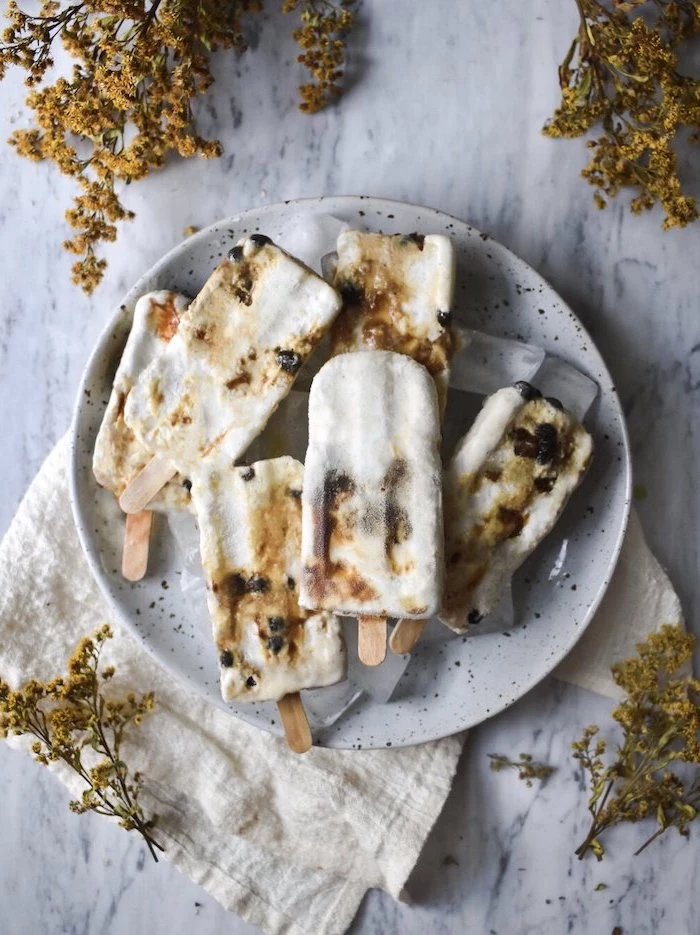
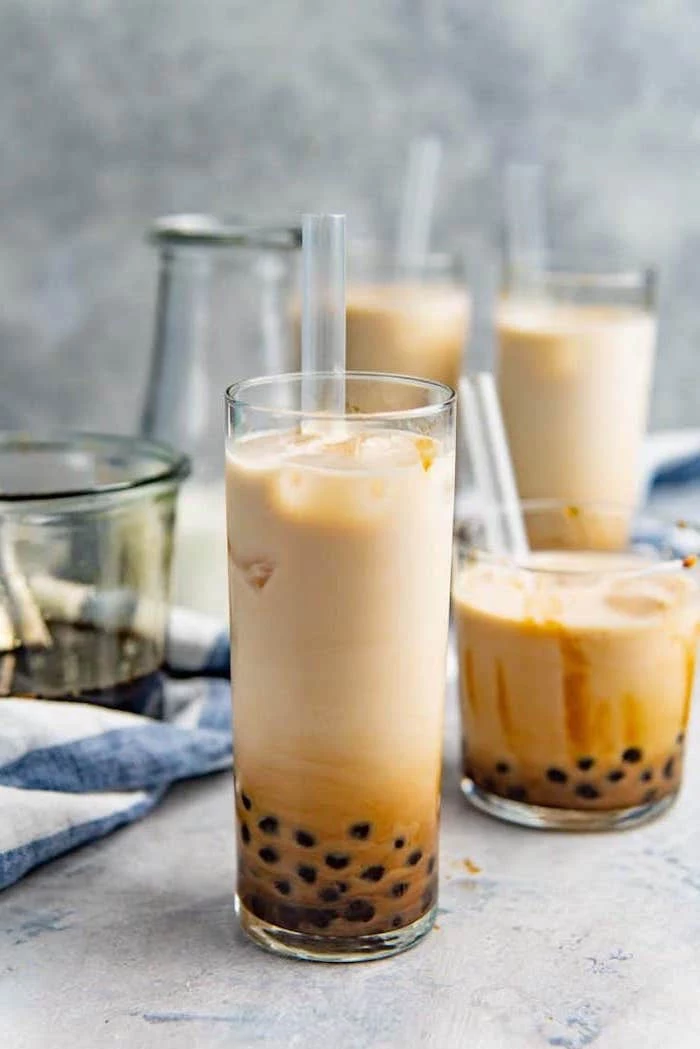
Black Tapioca: The classic. Made from cassava starch with brown sugar or caramel coloring, giving it its signature color and a subtle sweet flavor. It’s all about that satisfying
Think beyond the drink! Leftover tapioca pearls, soaked in their brown sugar syrup, make a fantastic and surprising topping for desserts. Try them spooned over a simple scoop of vanilla ice cream, on top of a plain cheesecake, or even folded into a fluffy pancake batter for a fun, chewy surprise.










